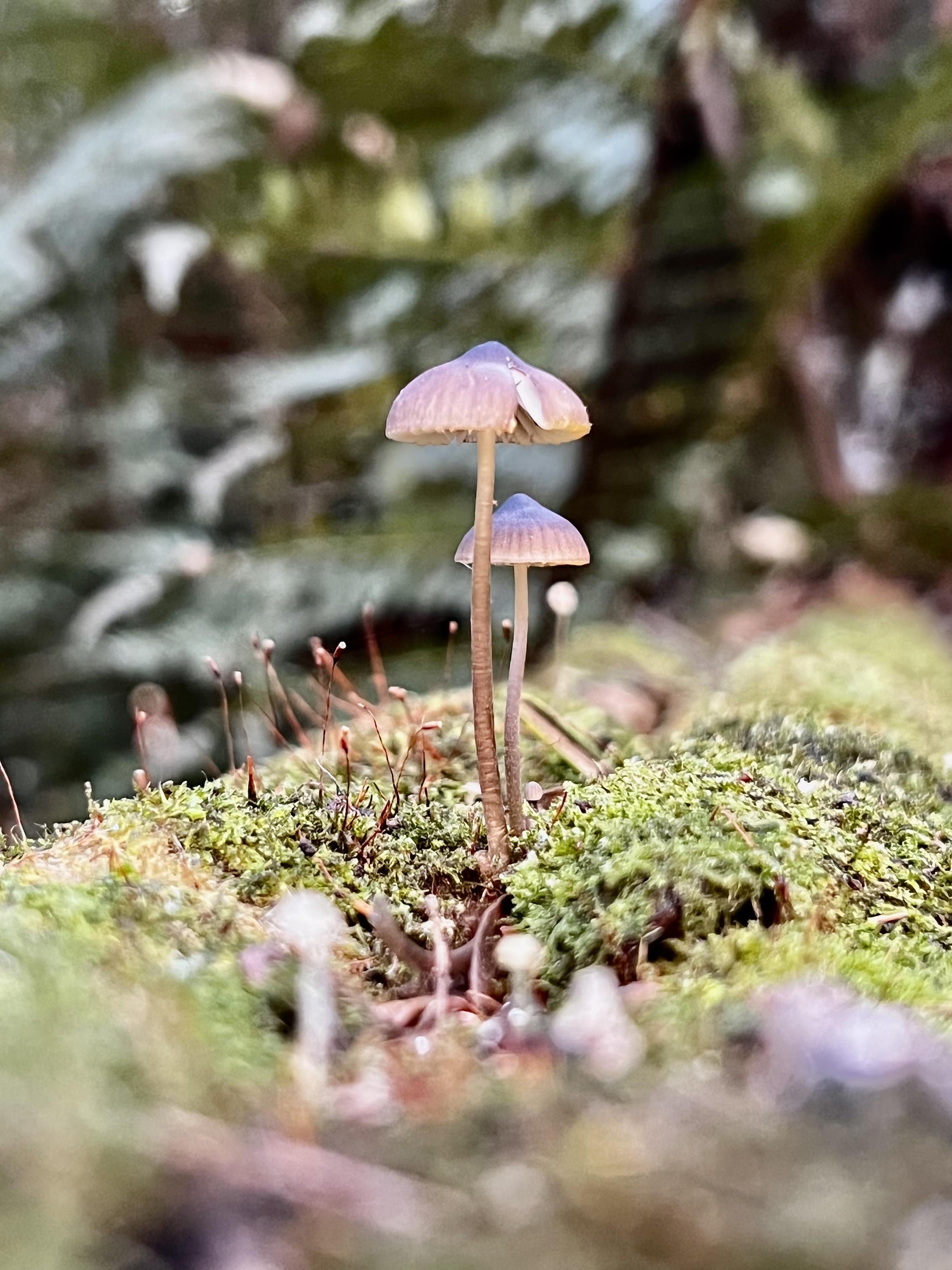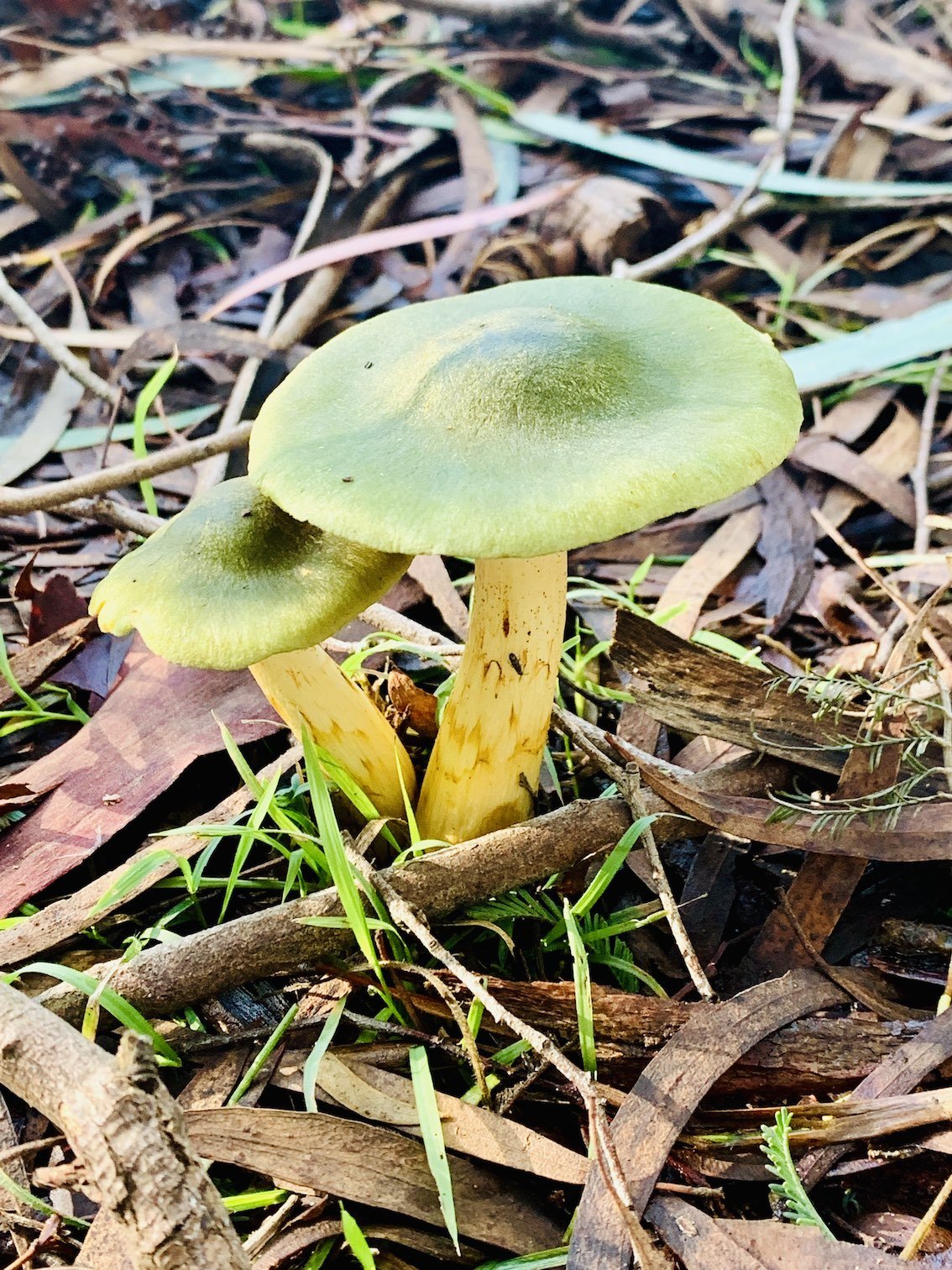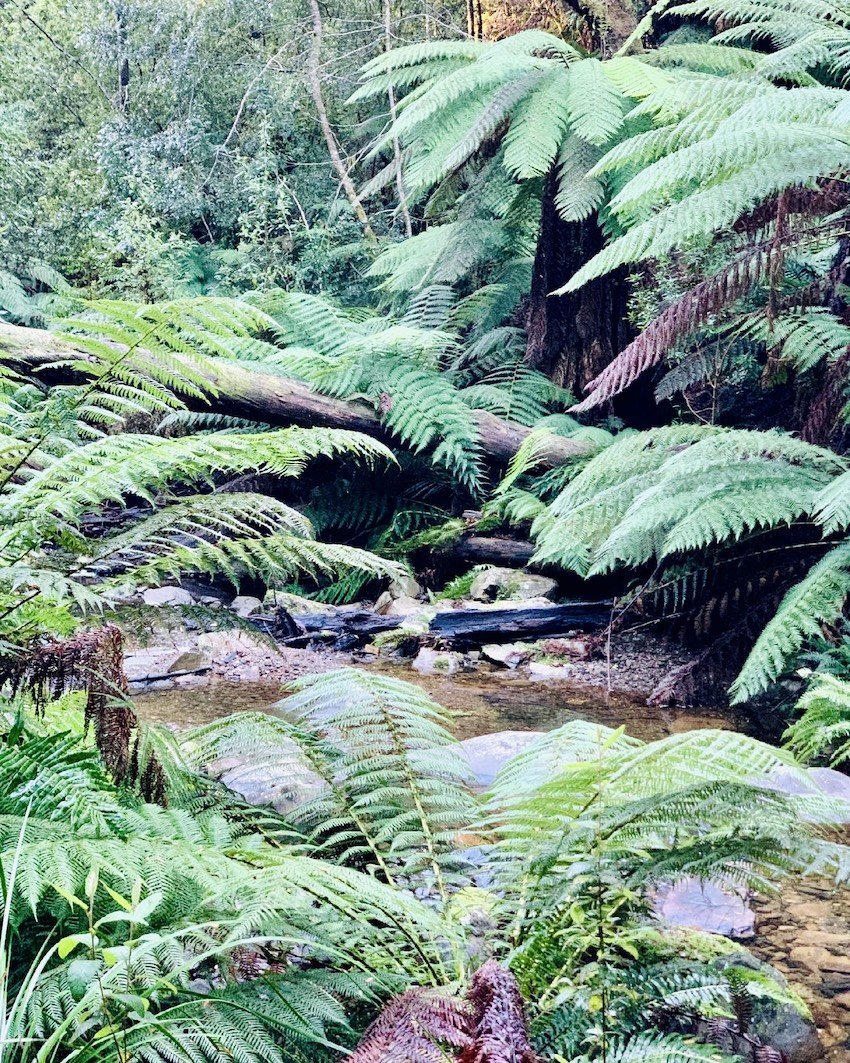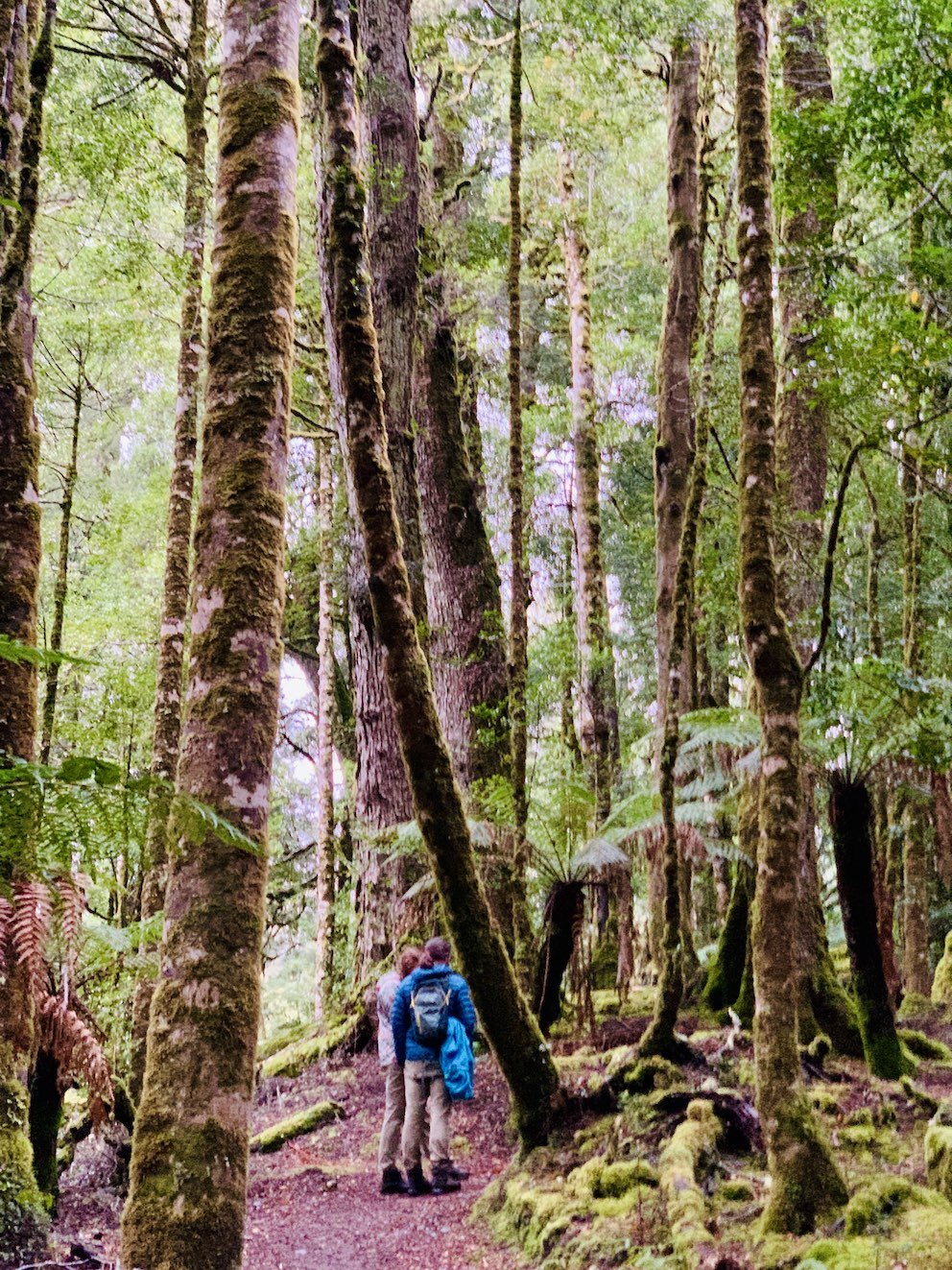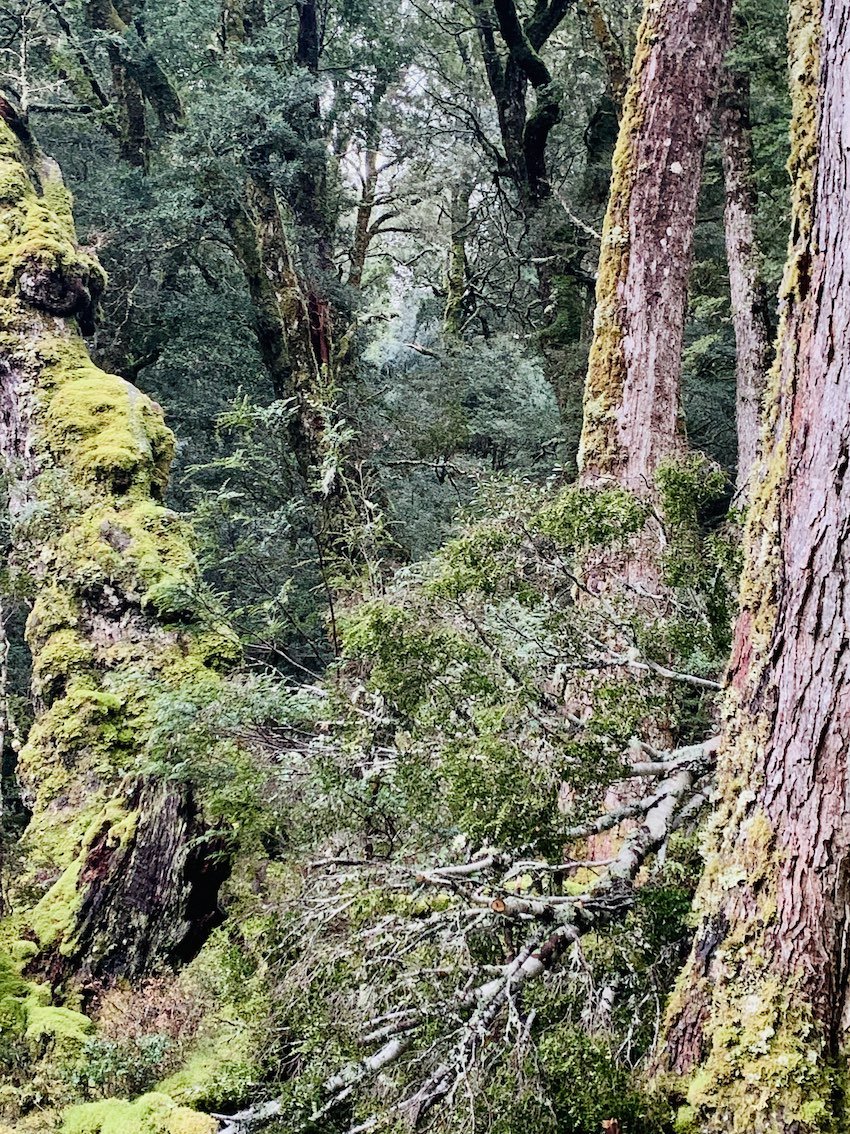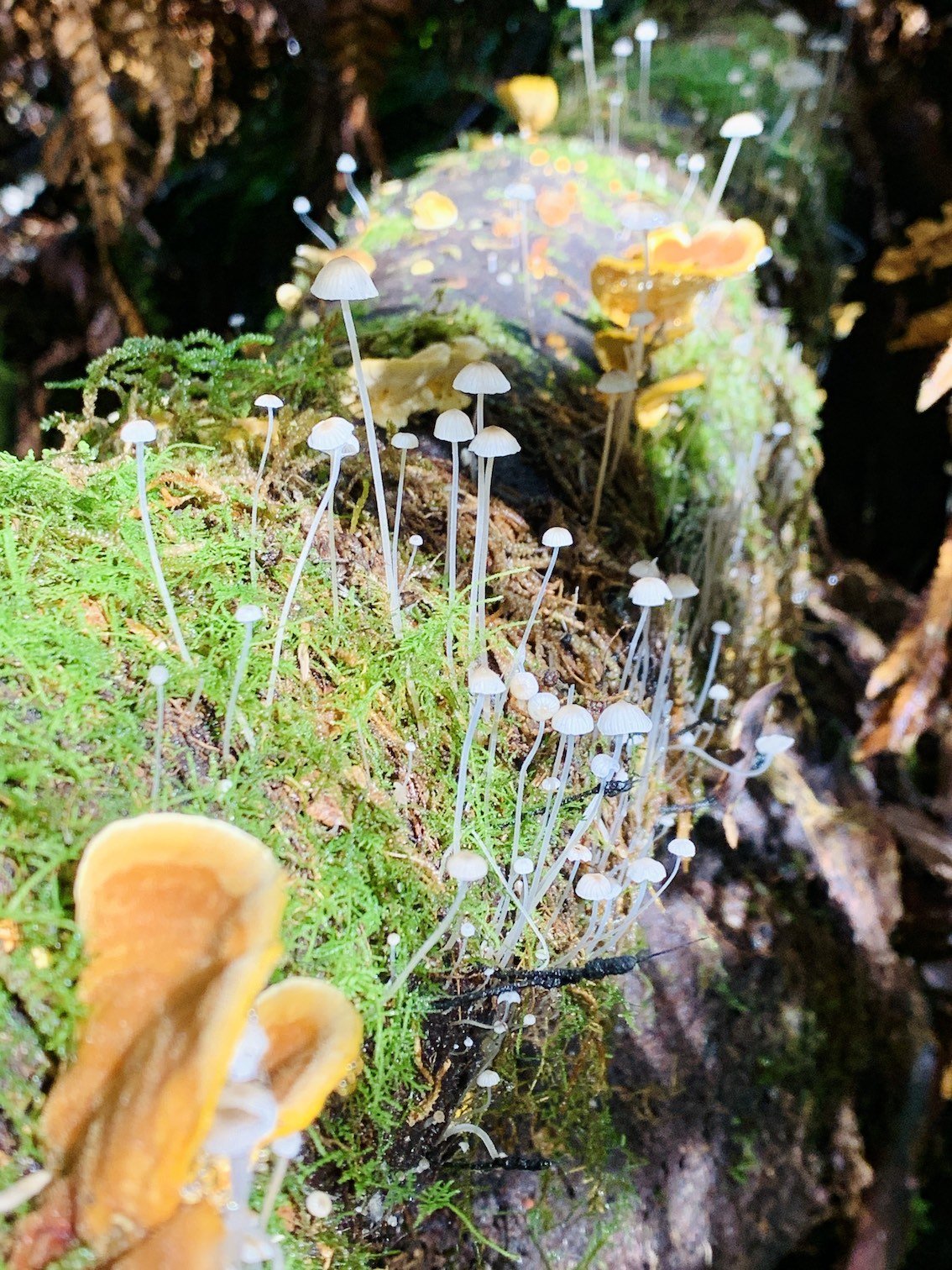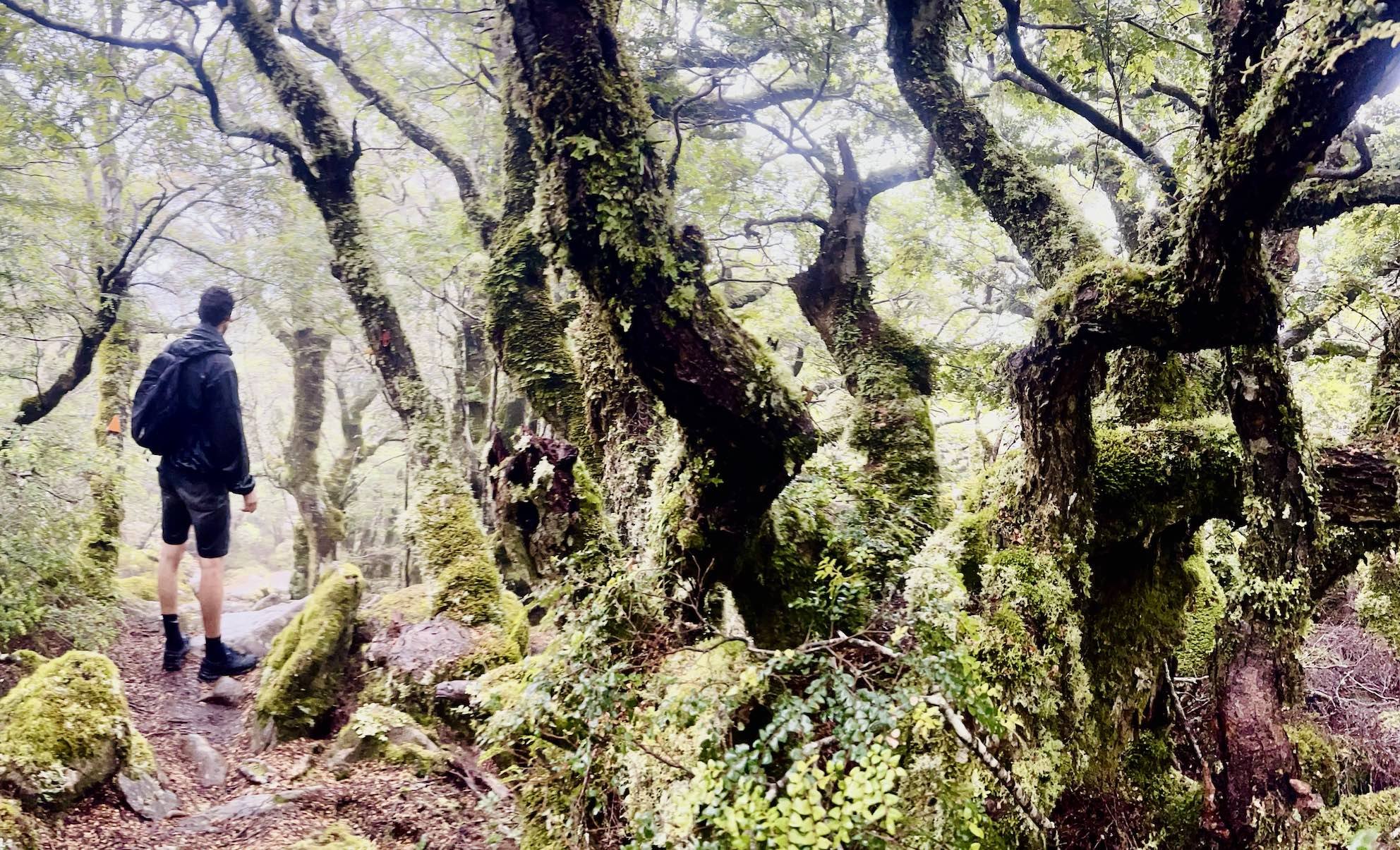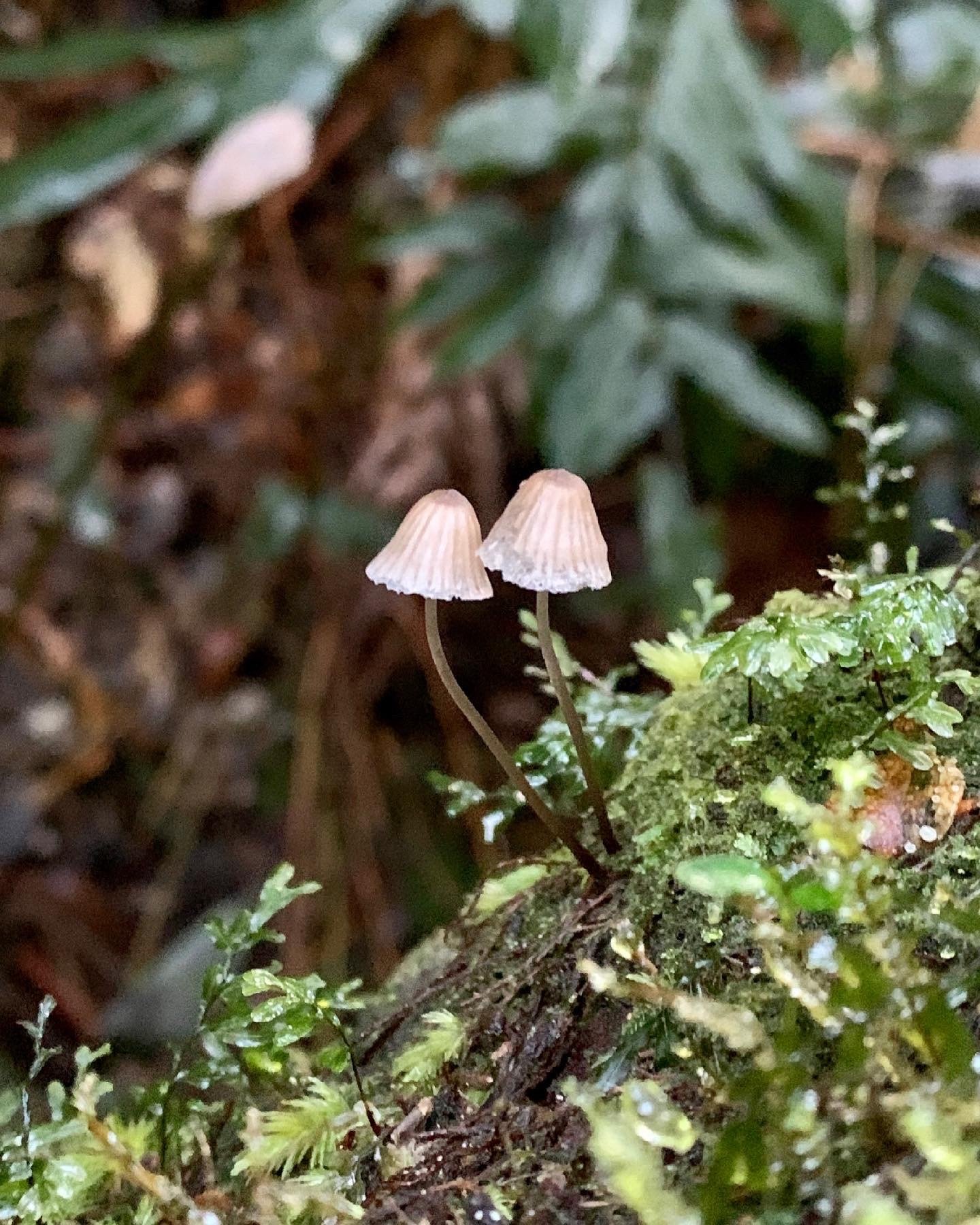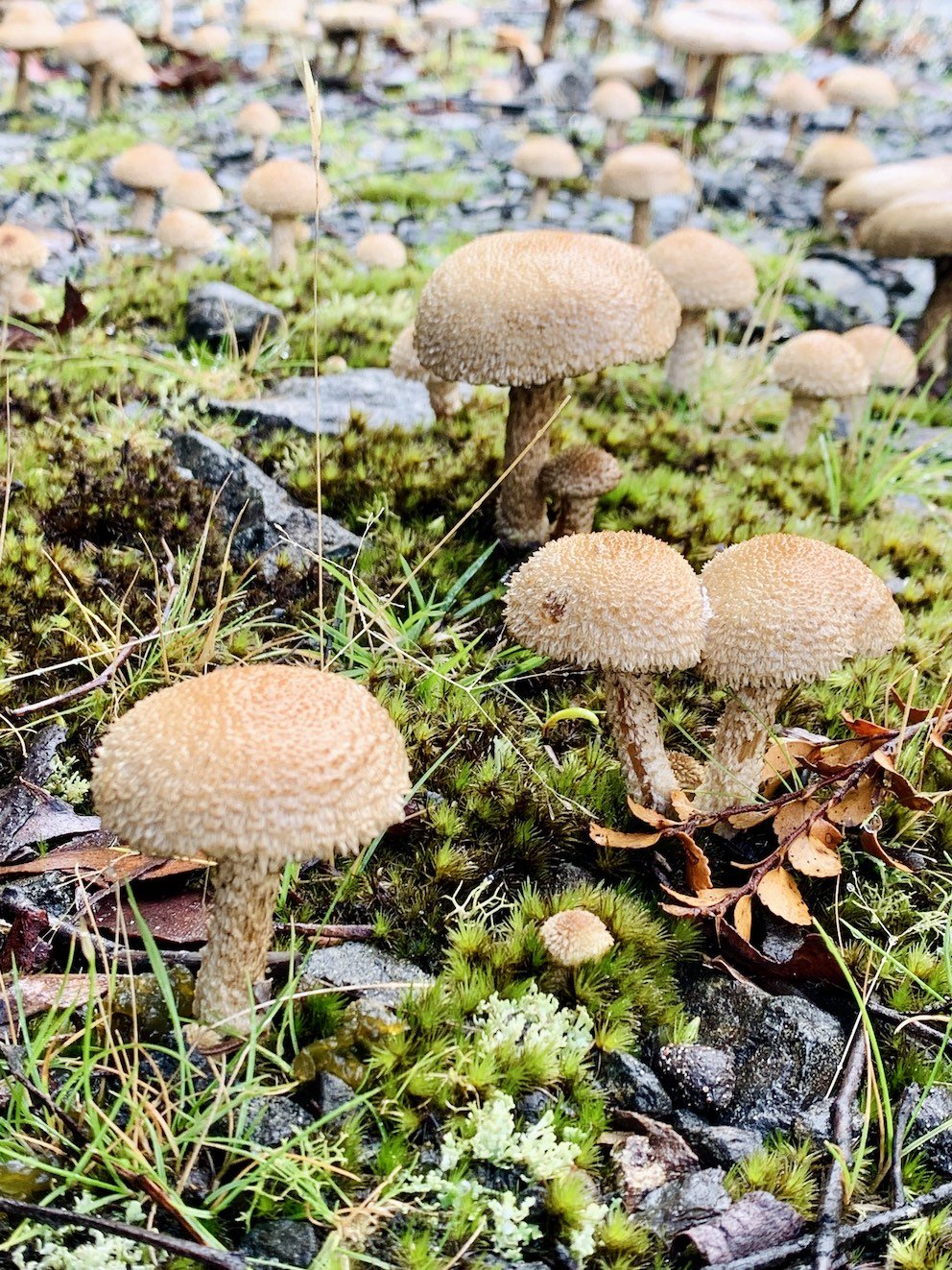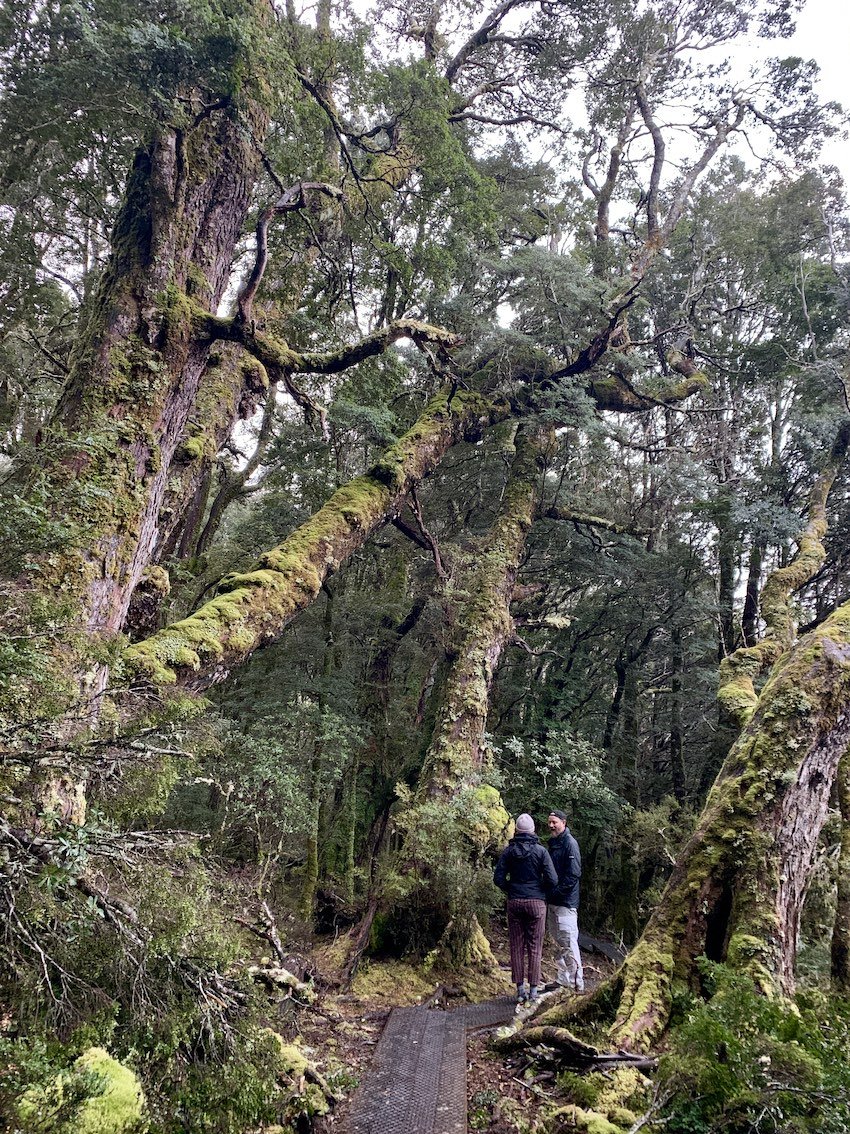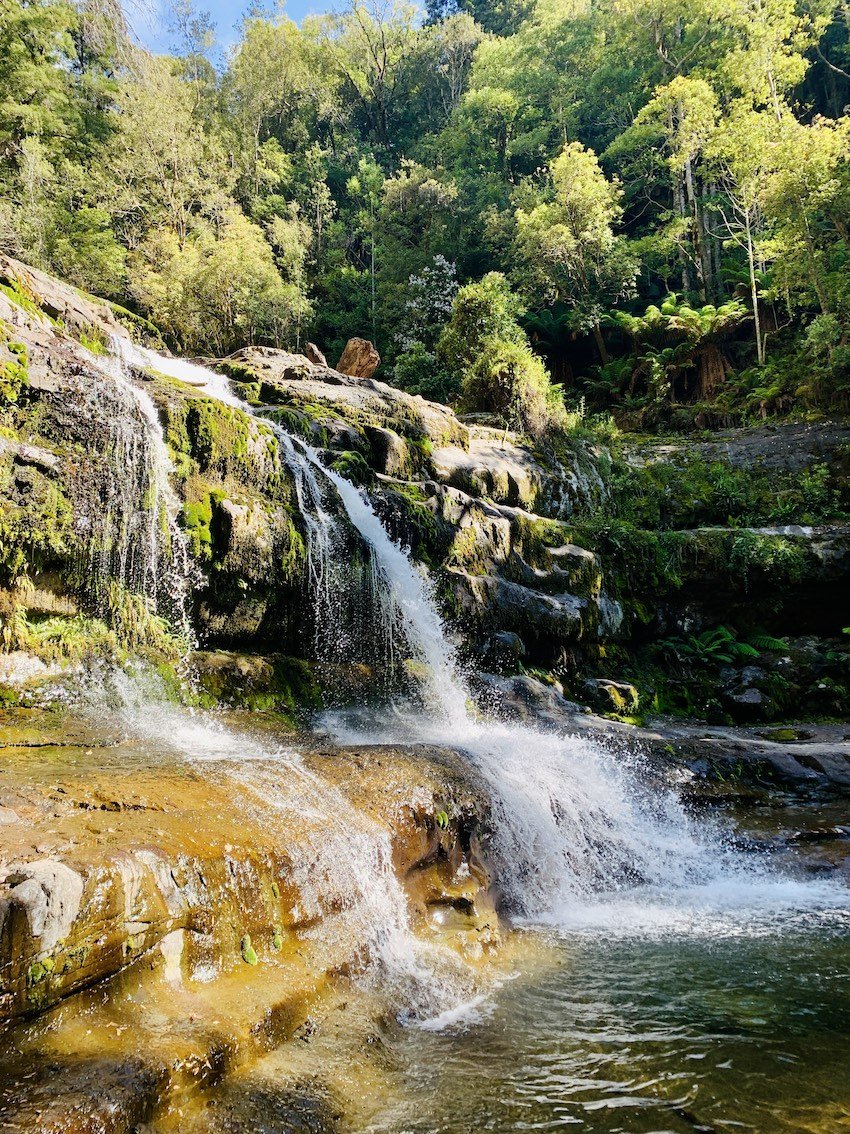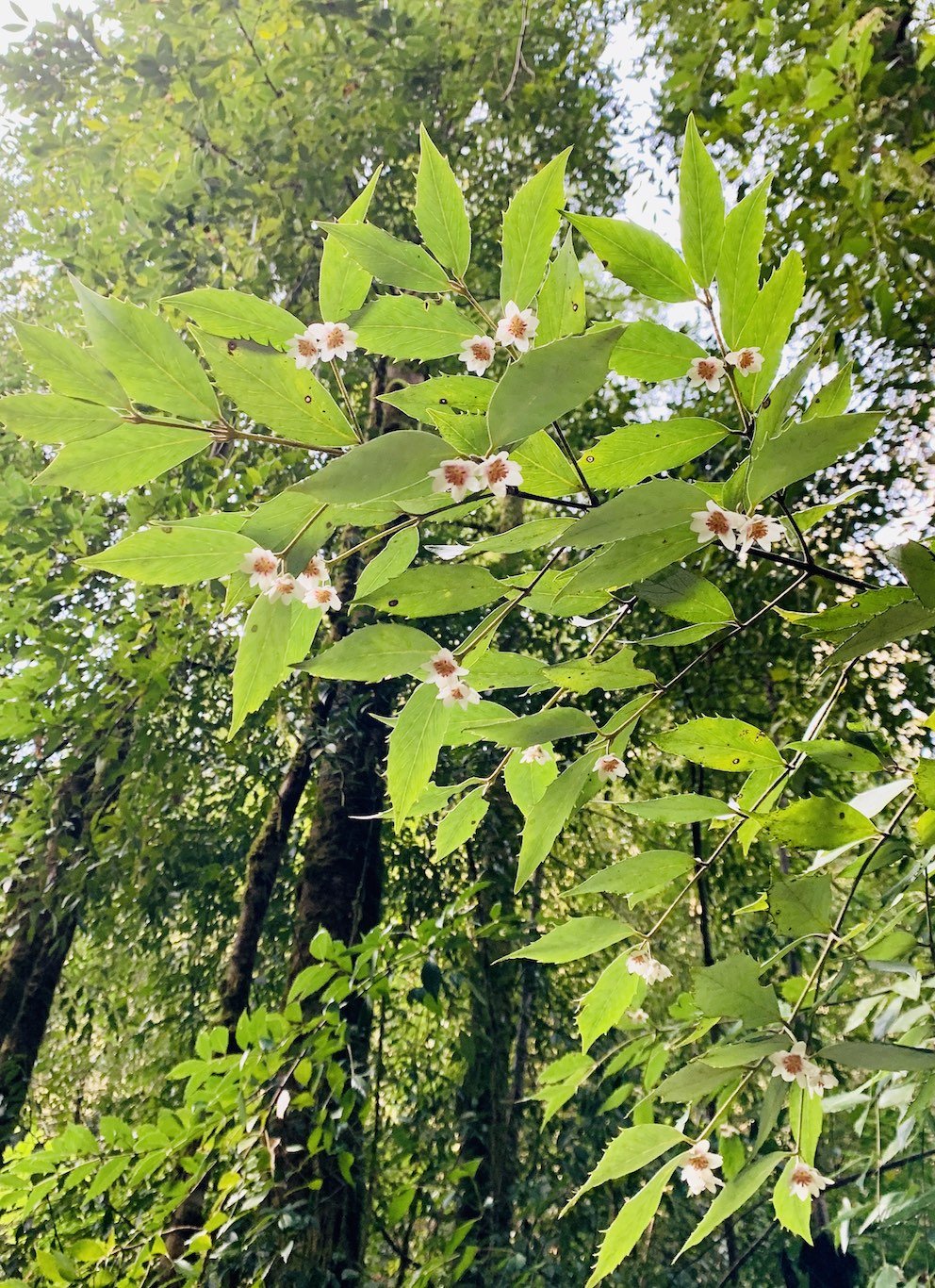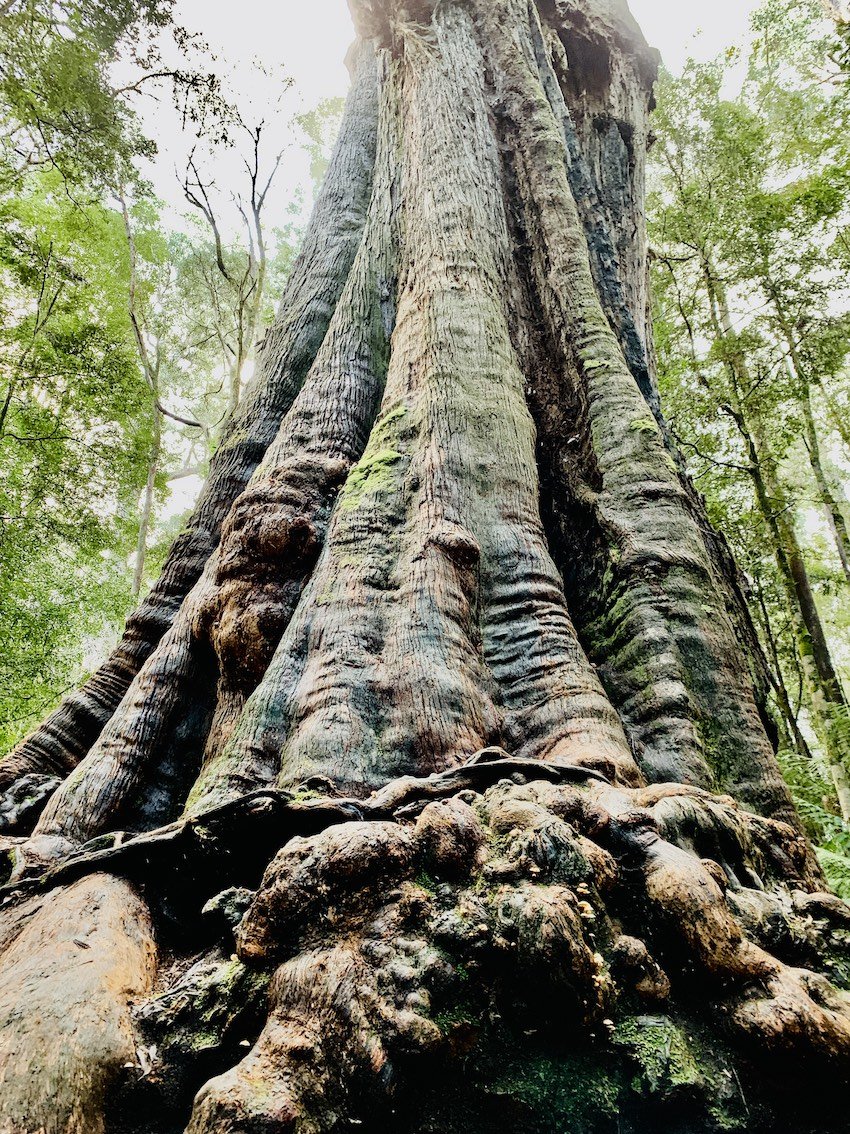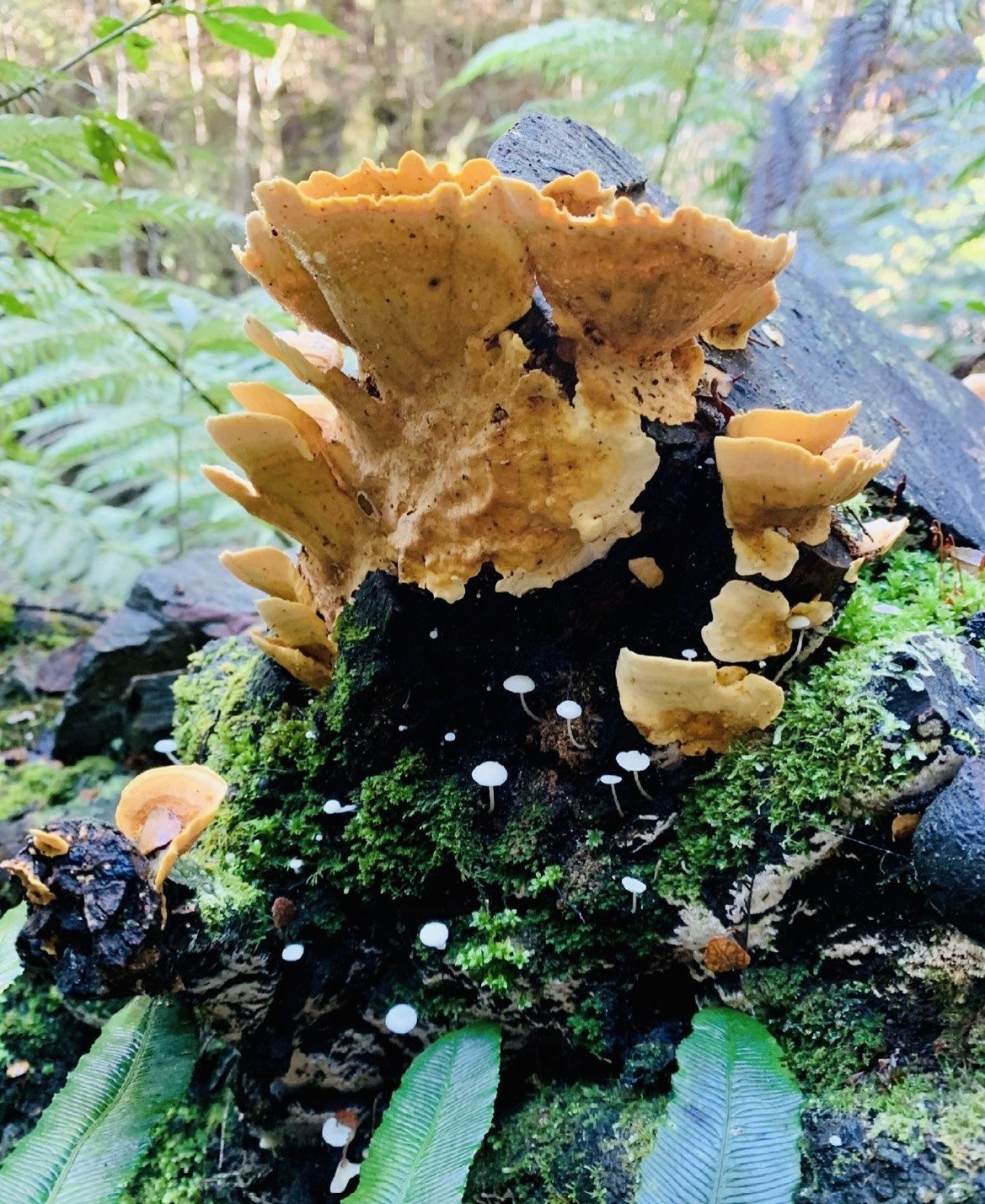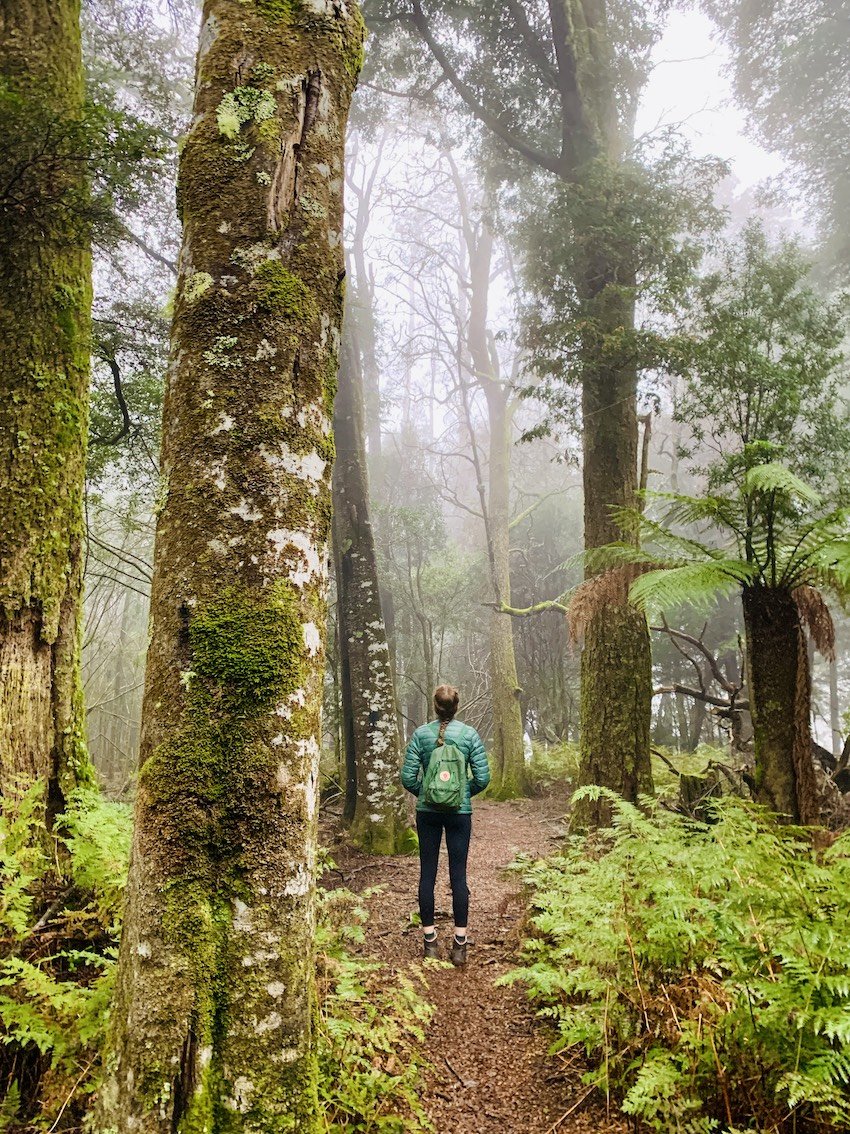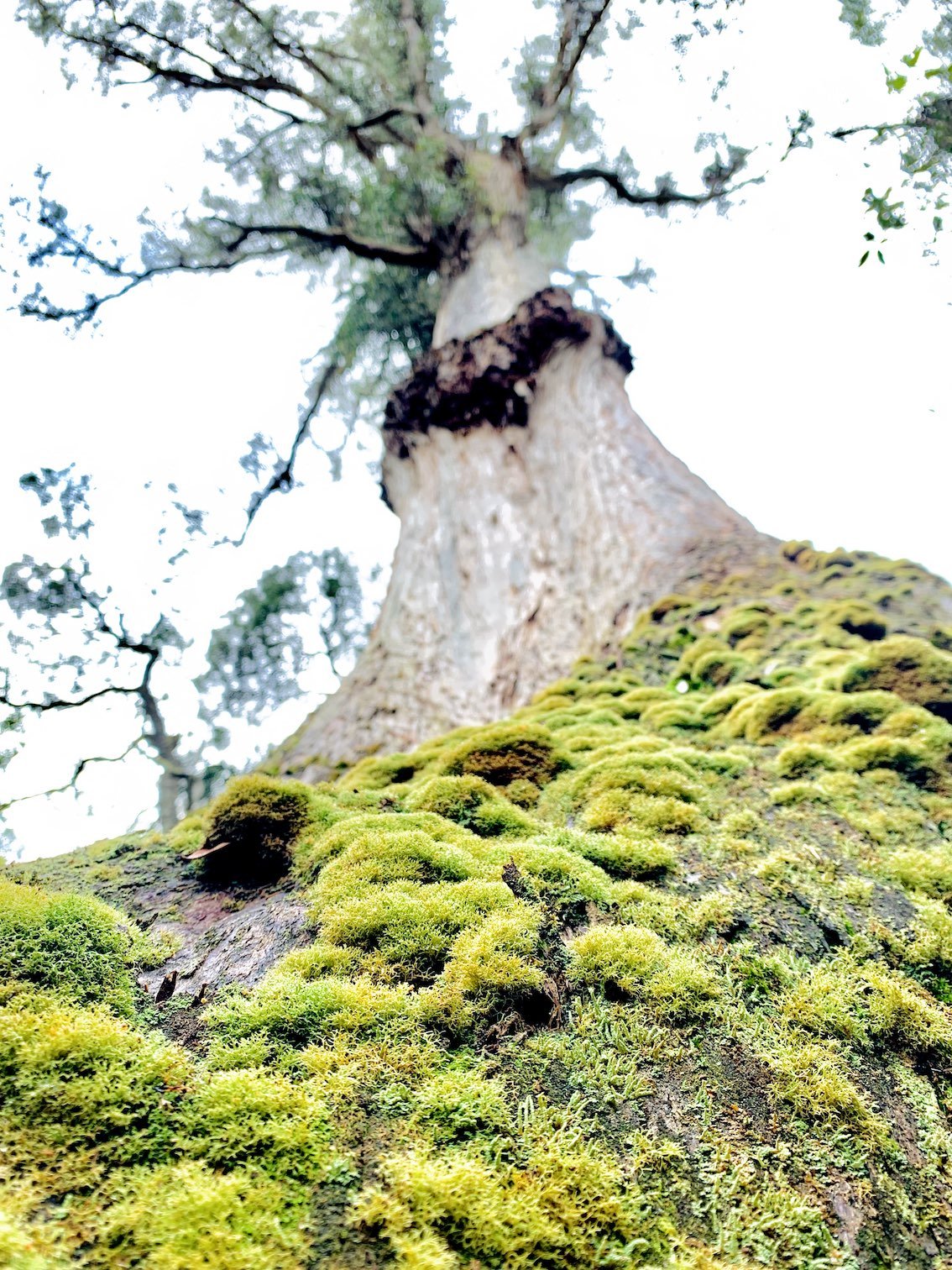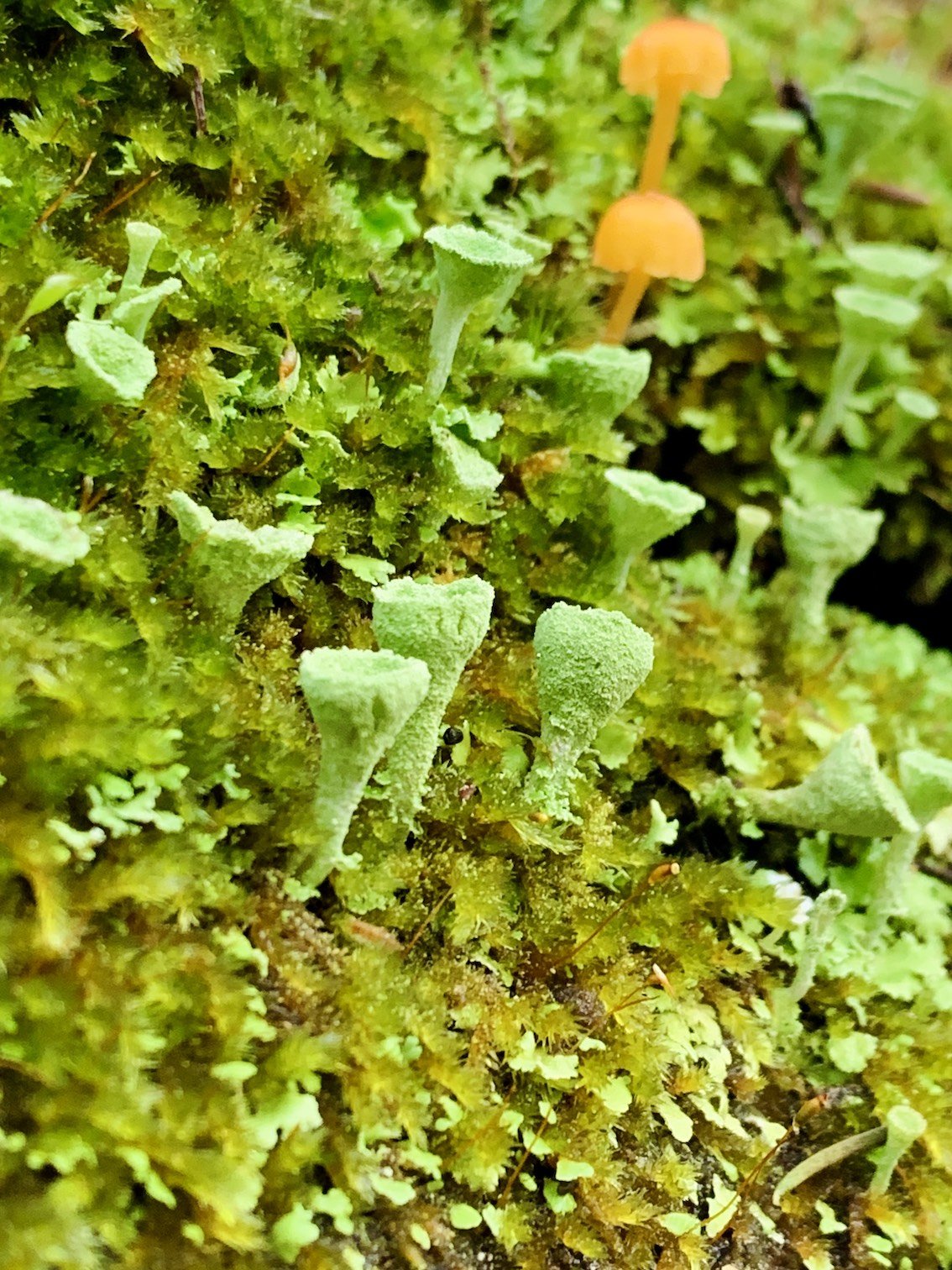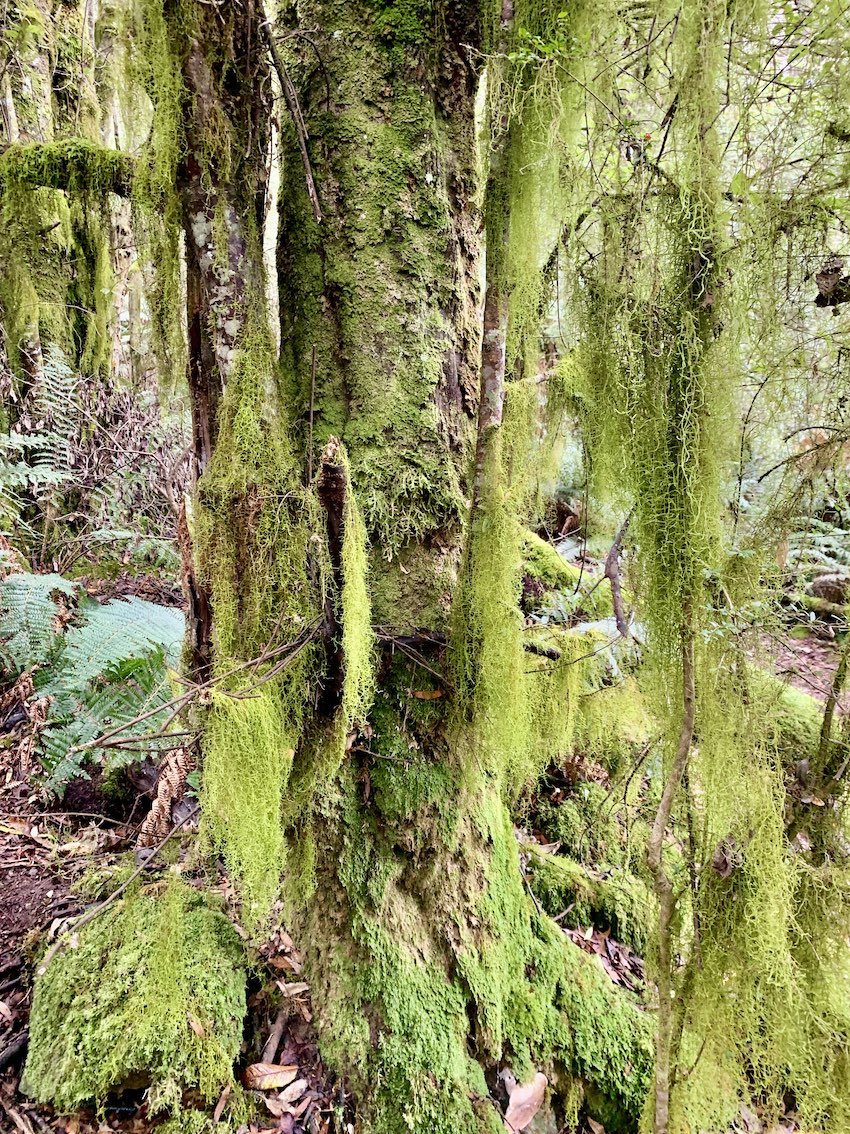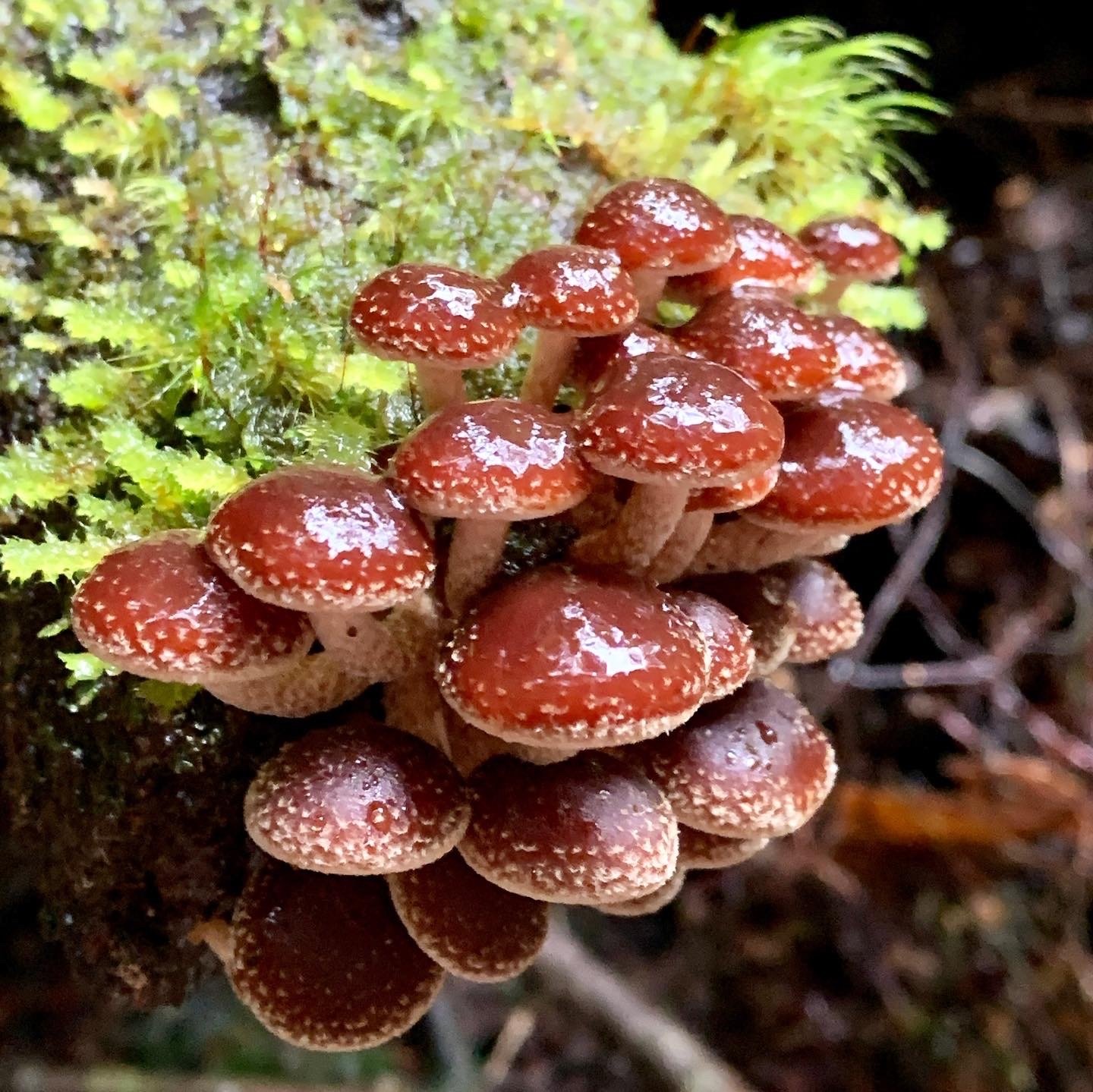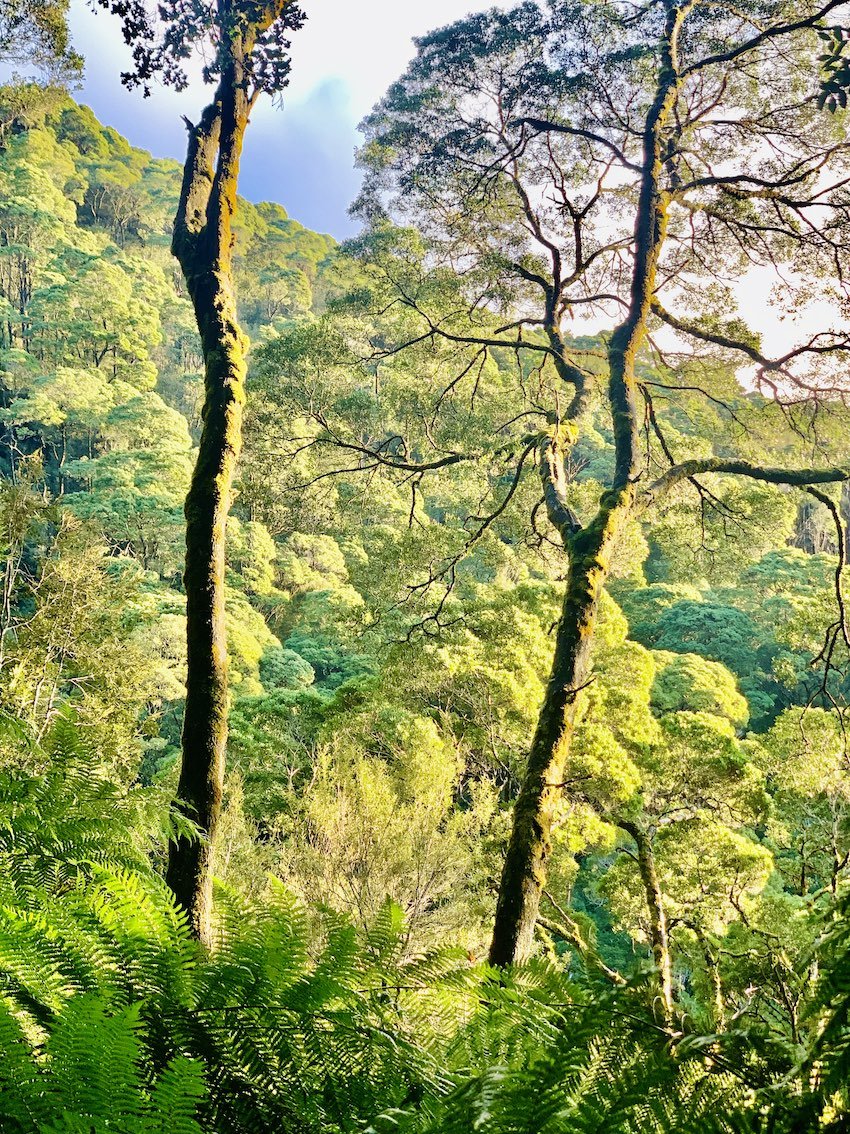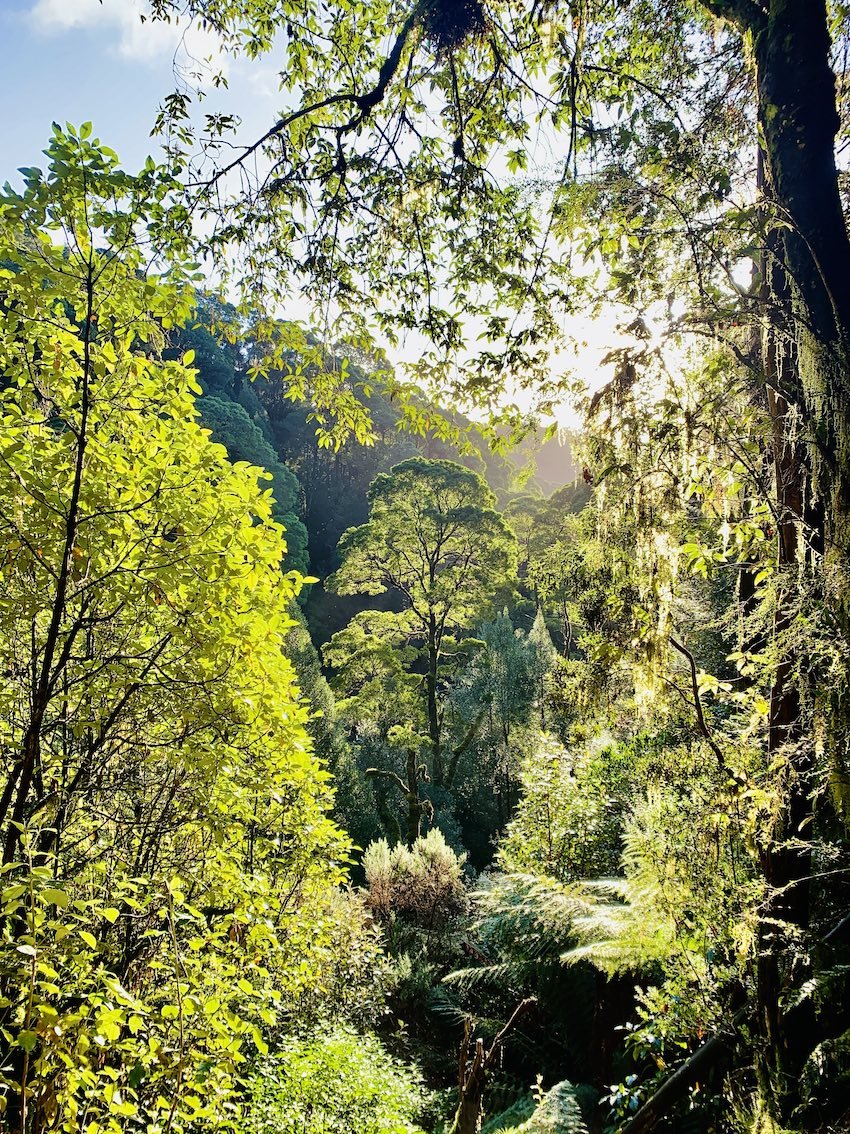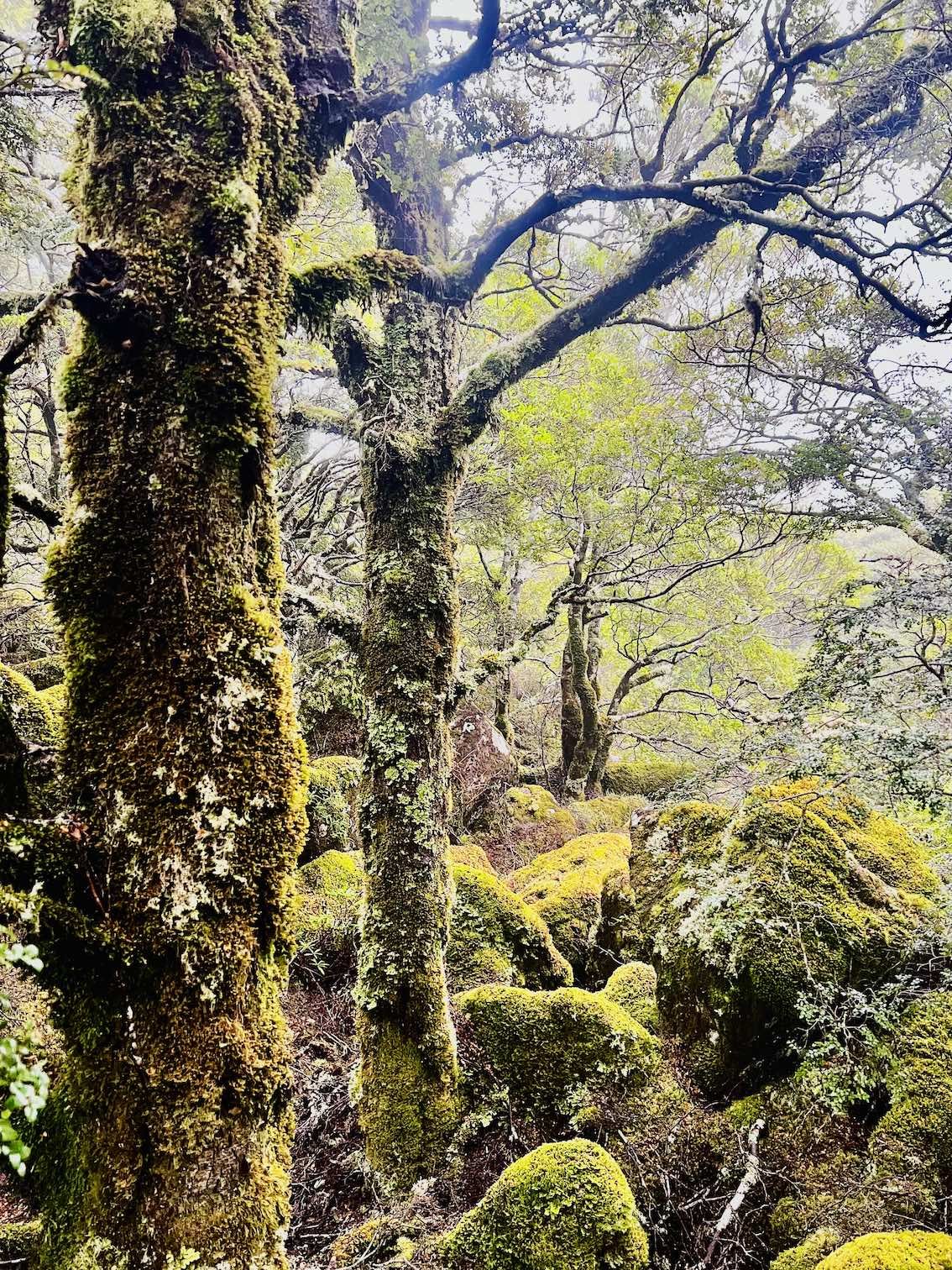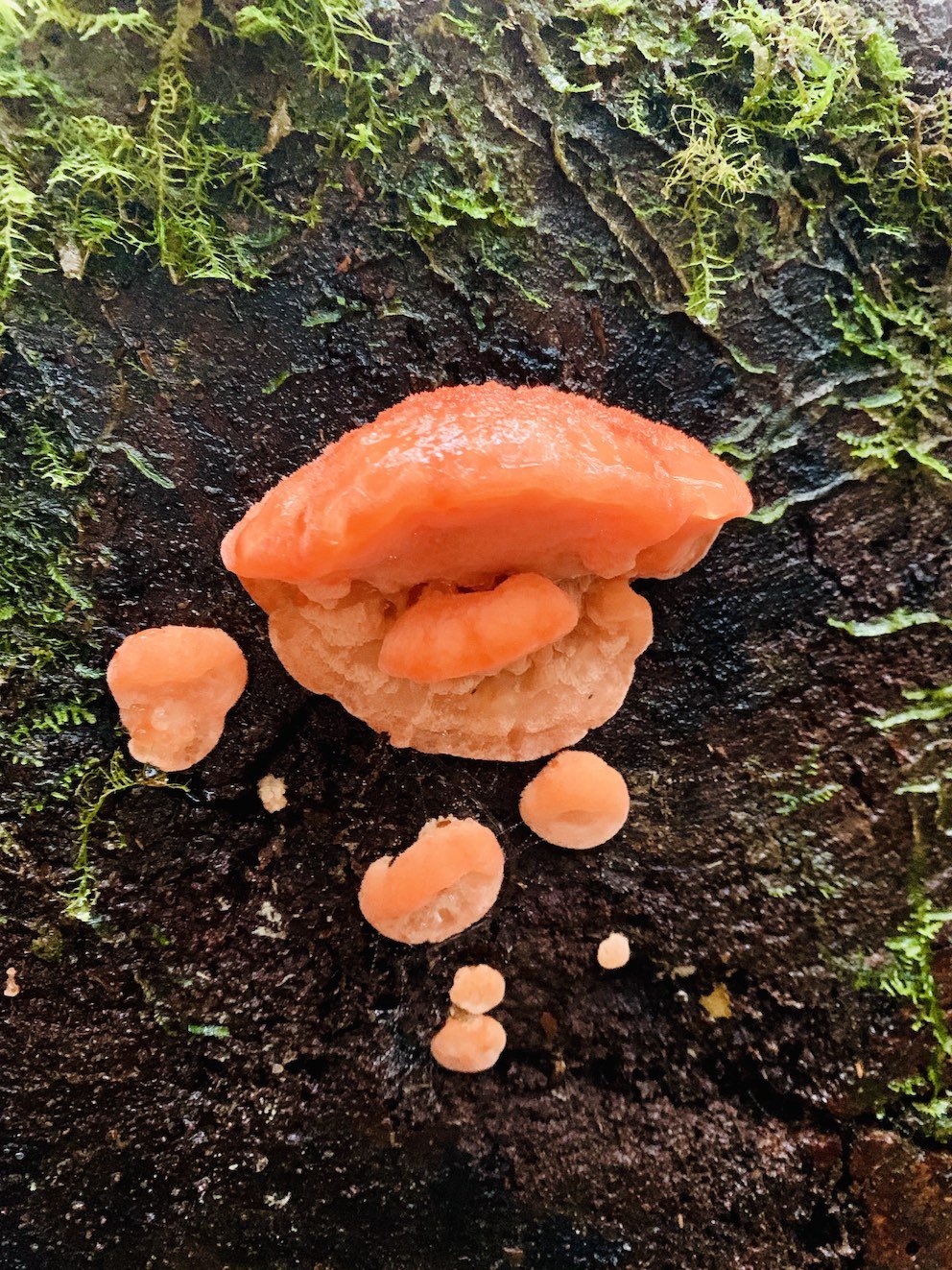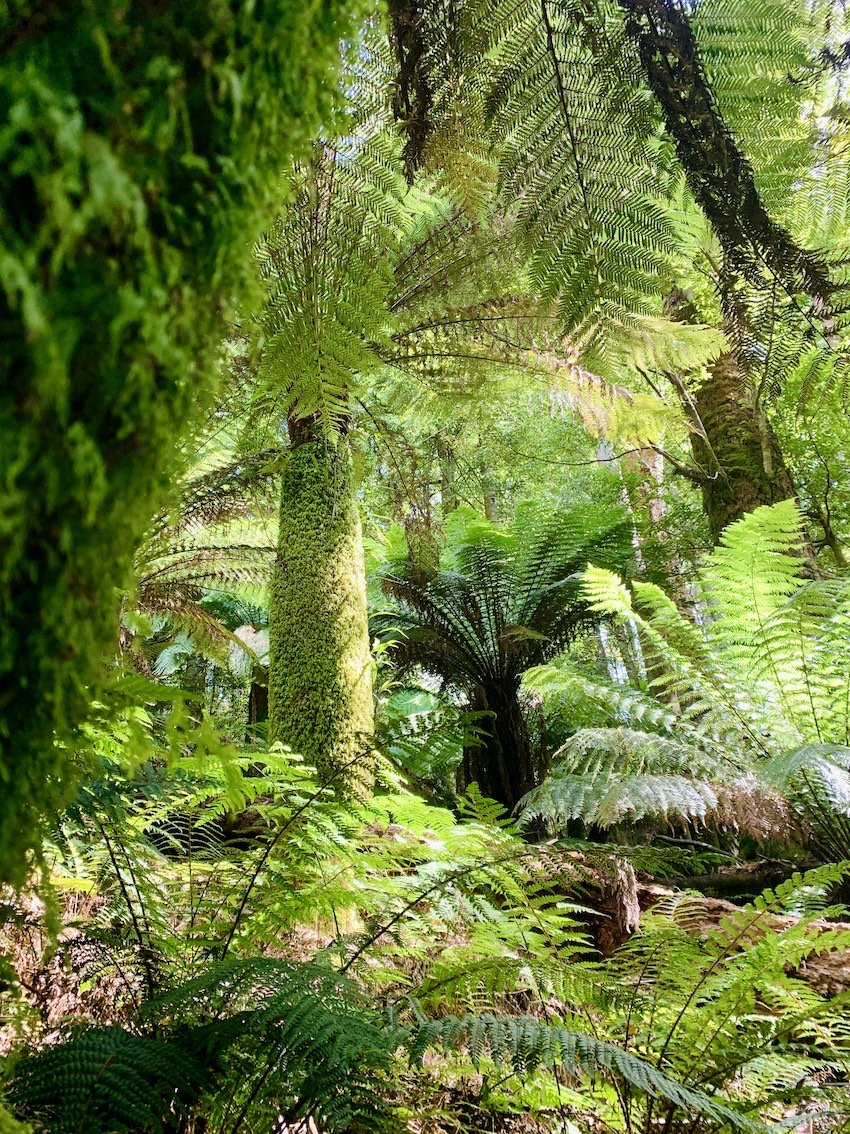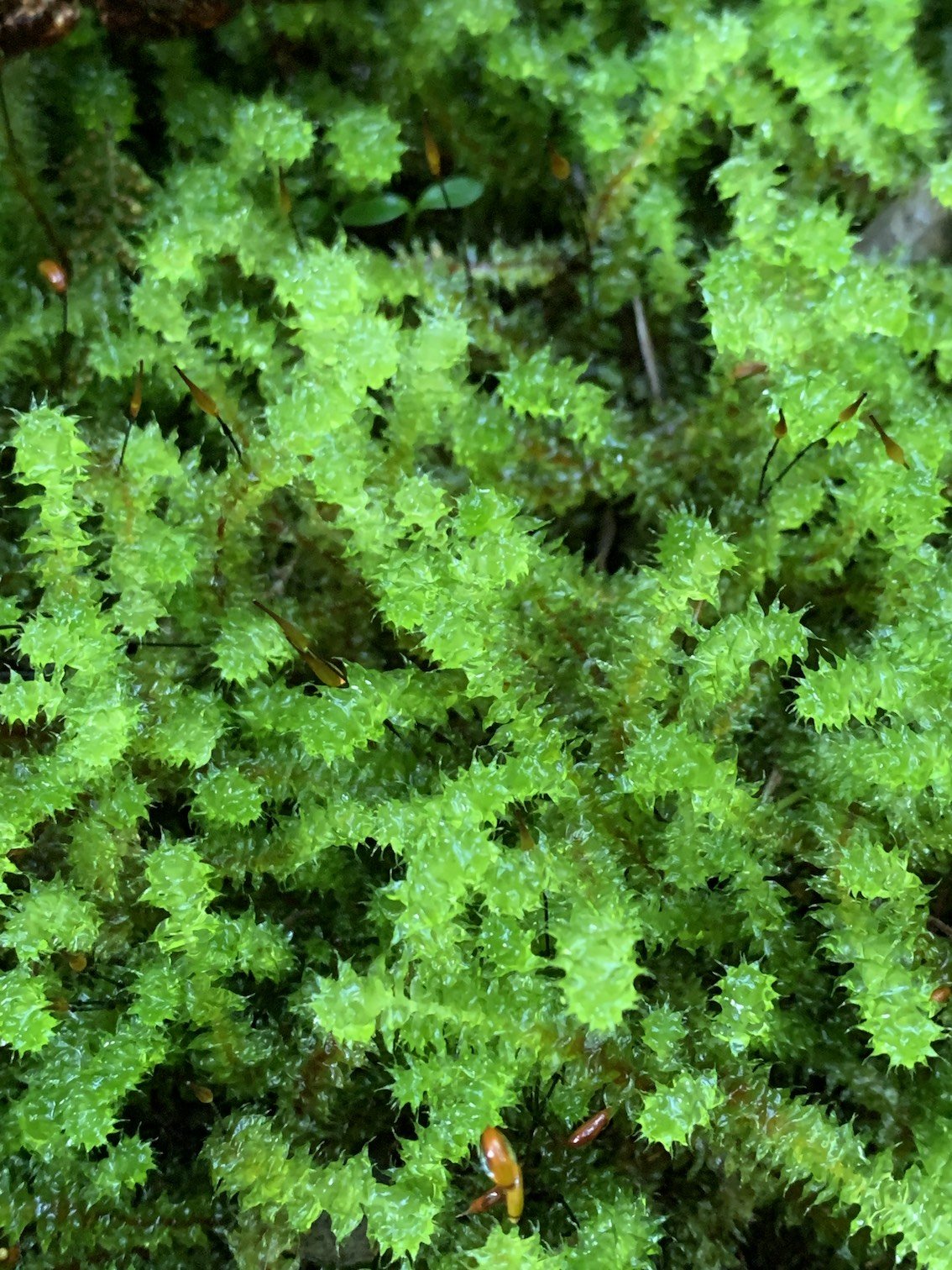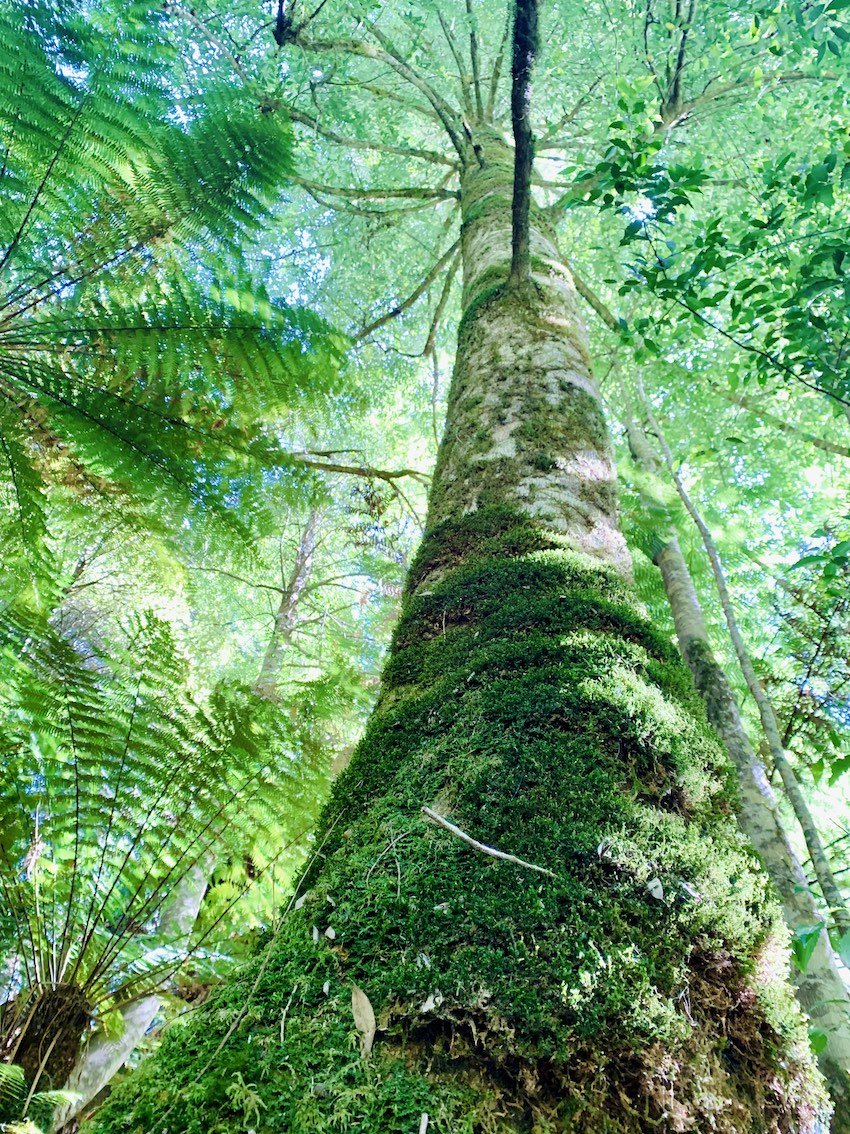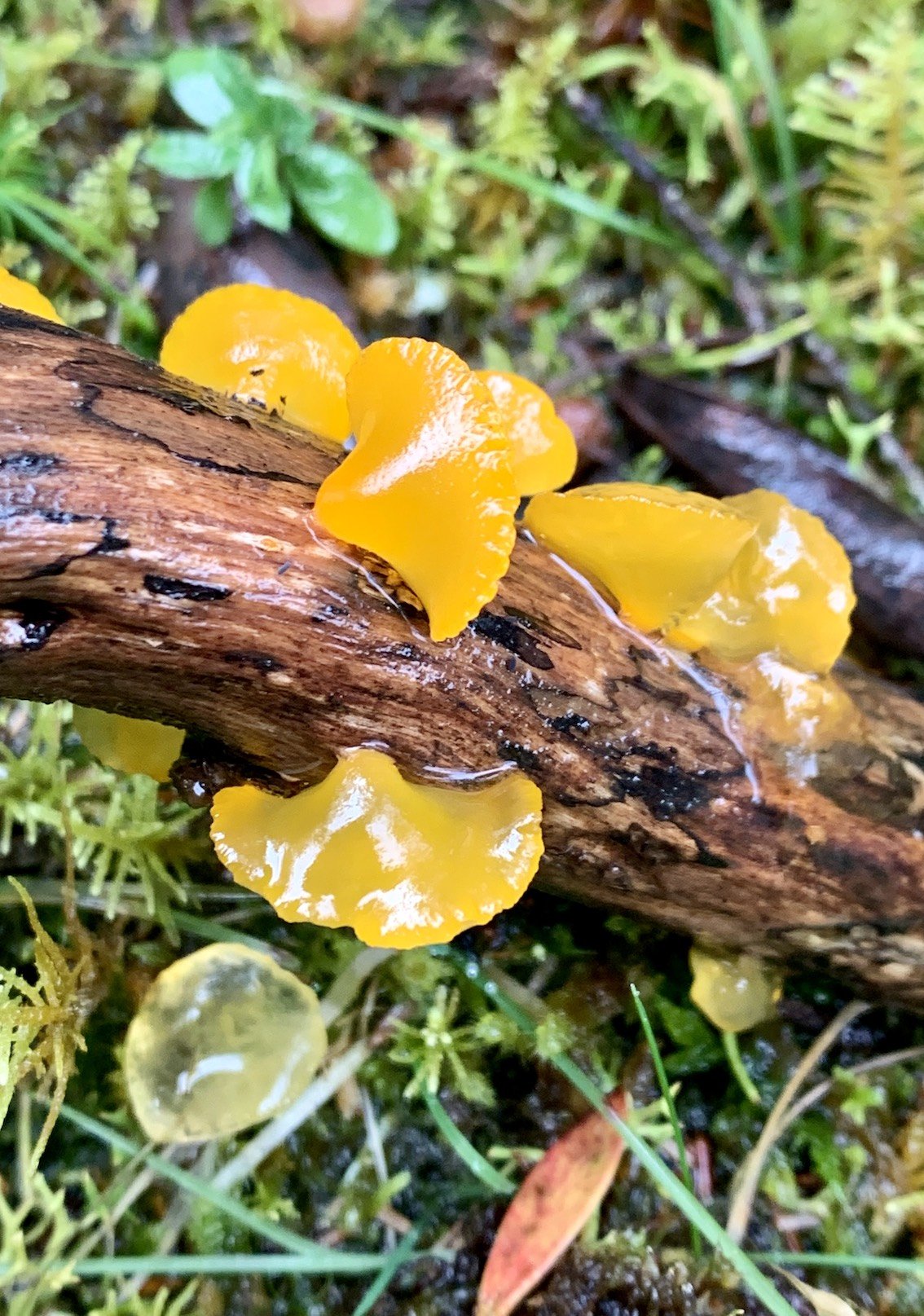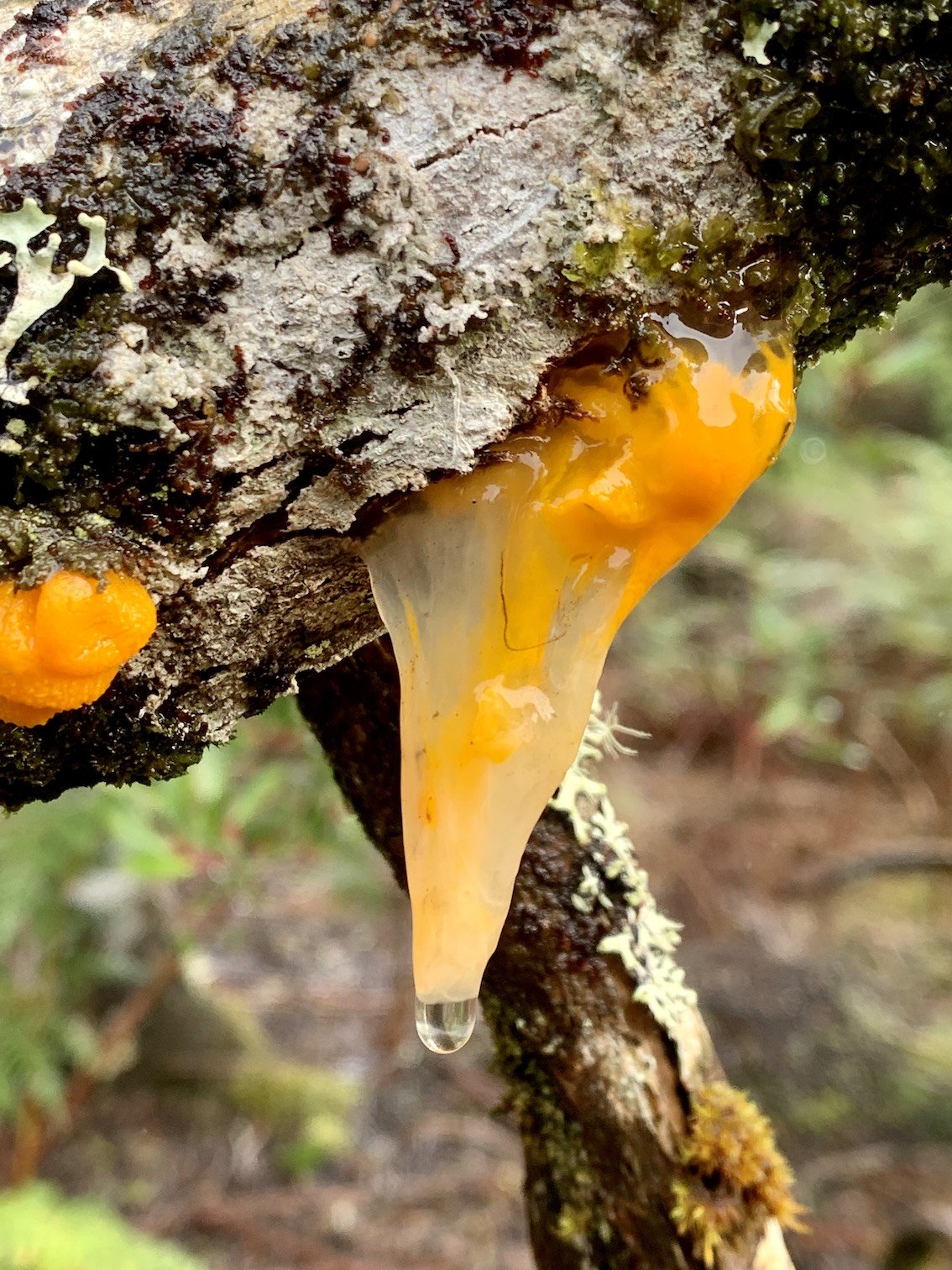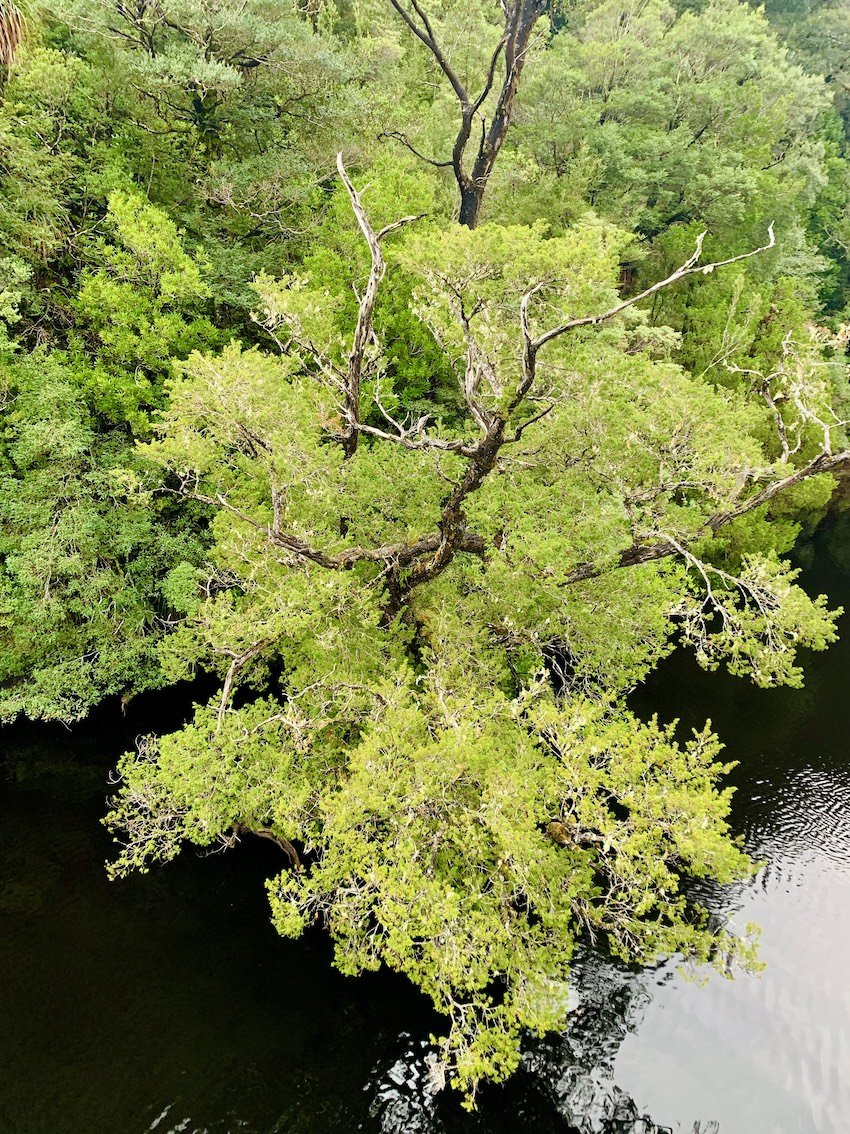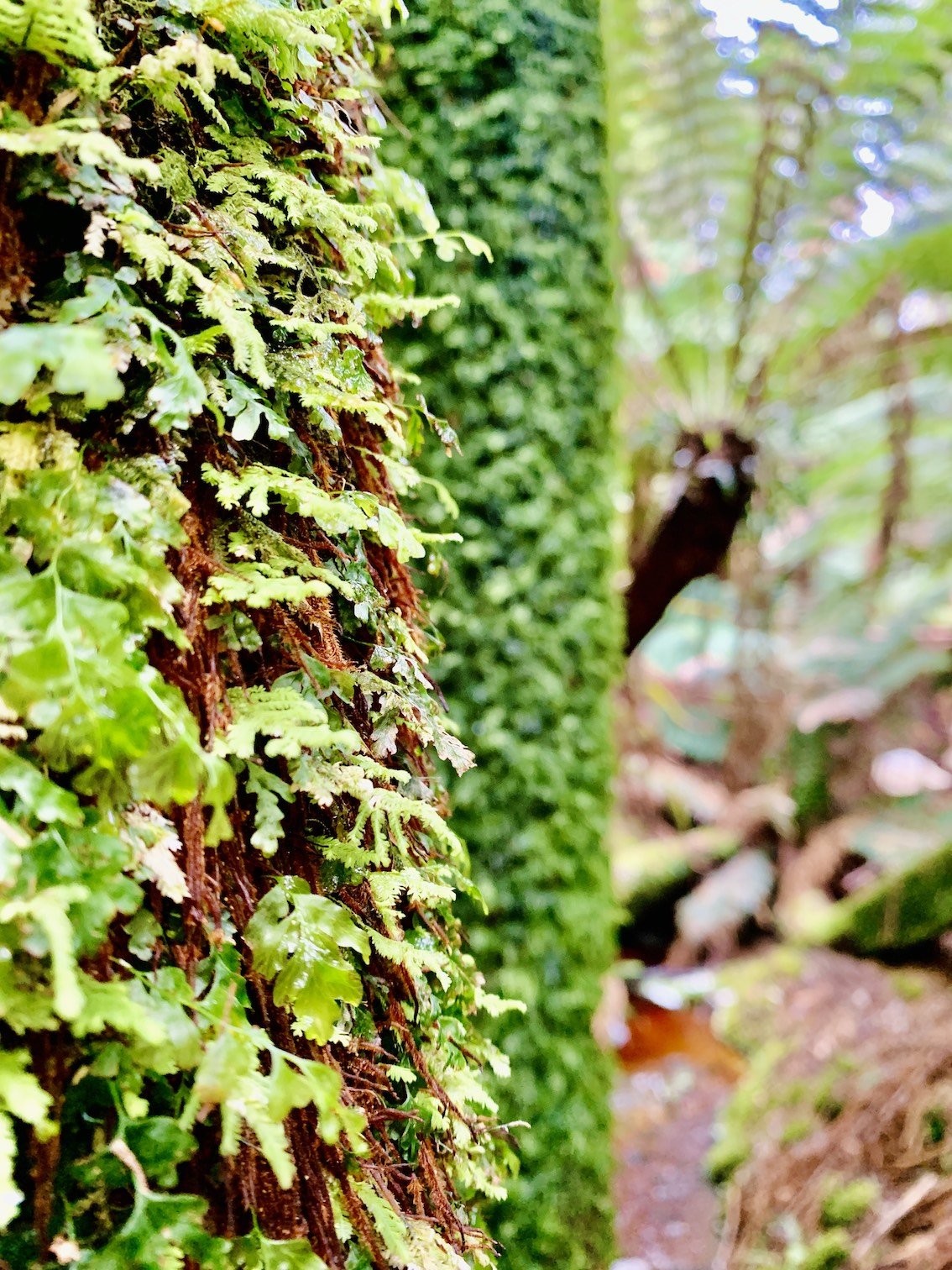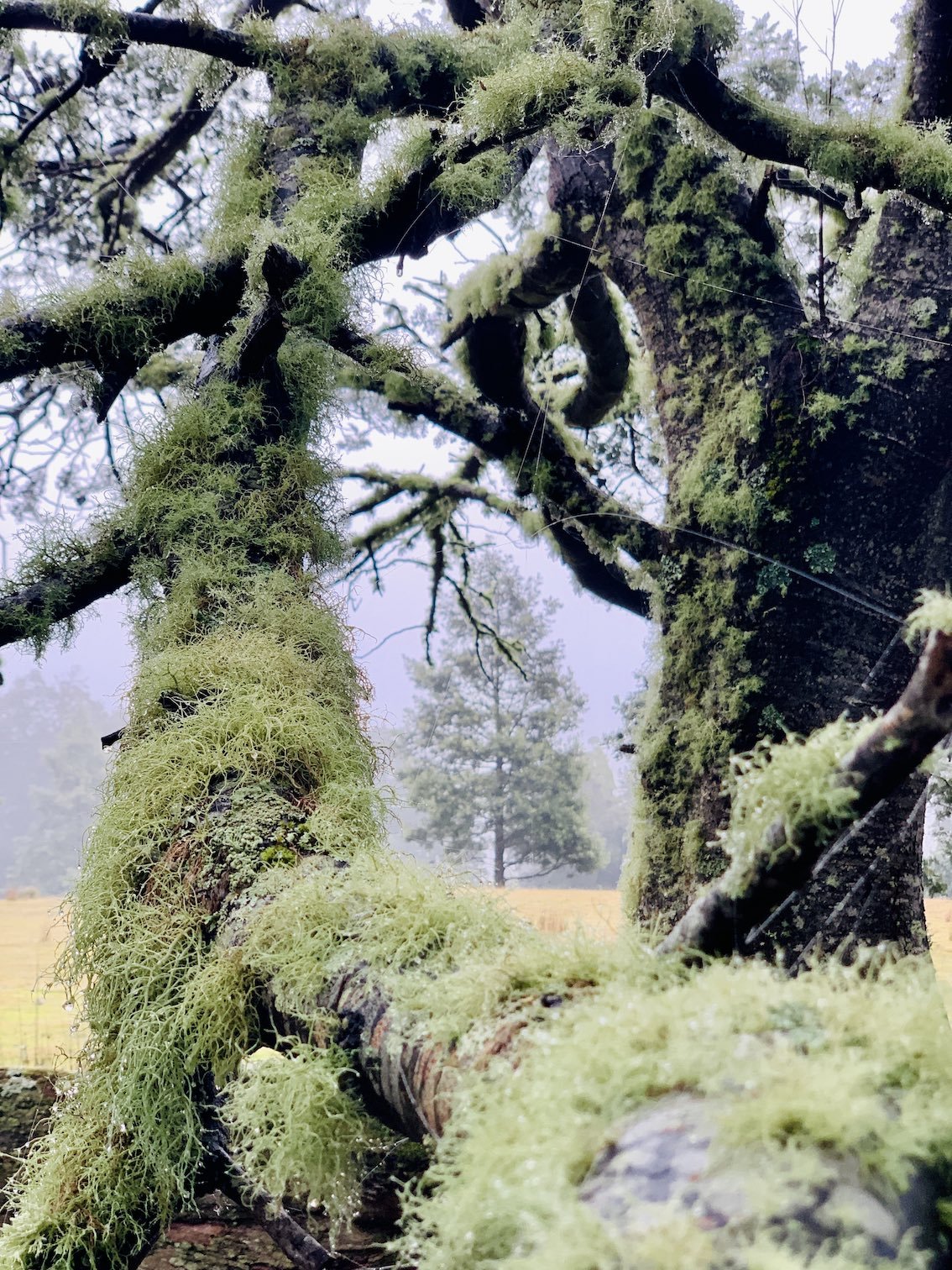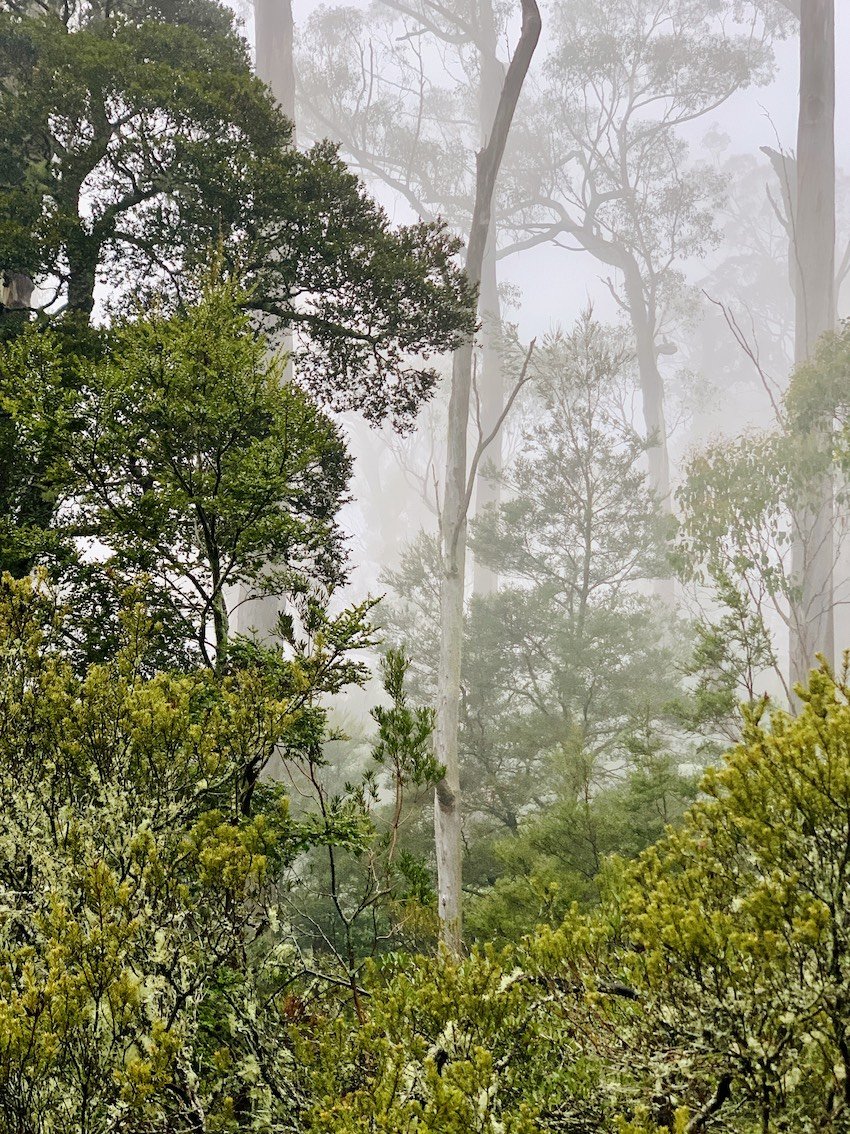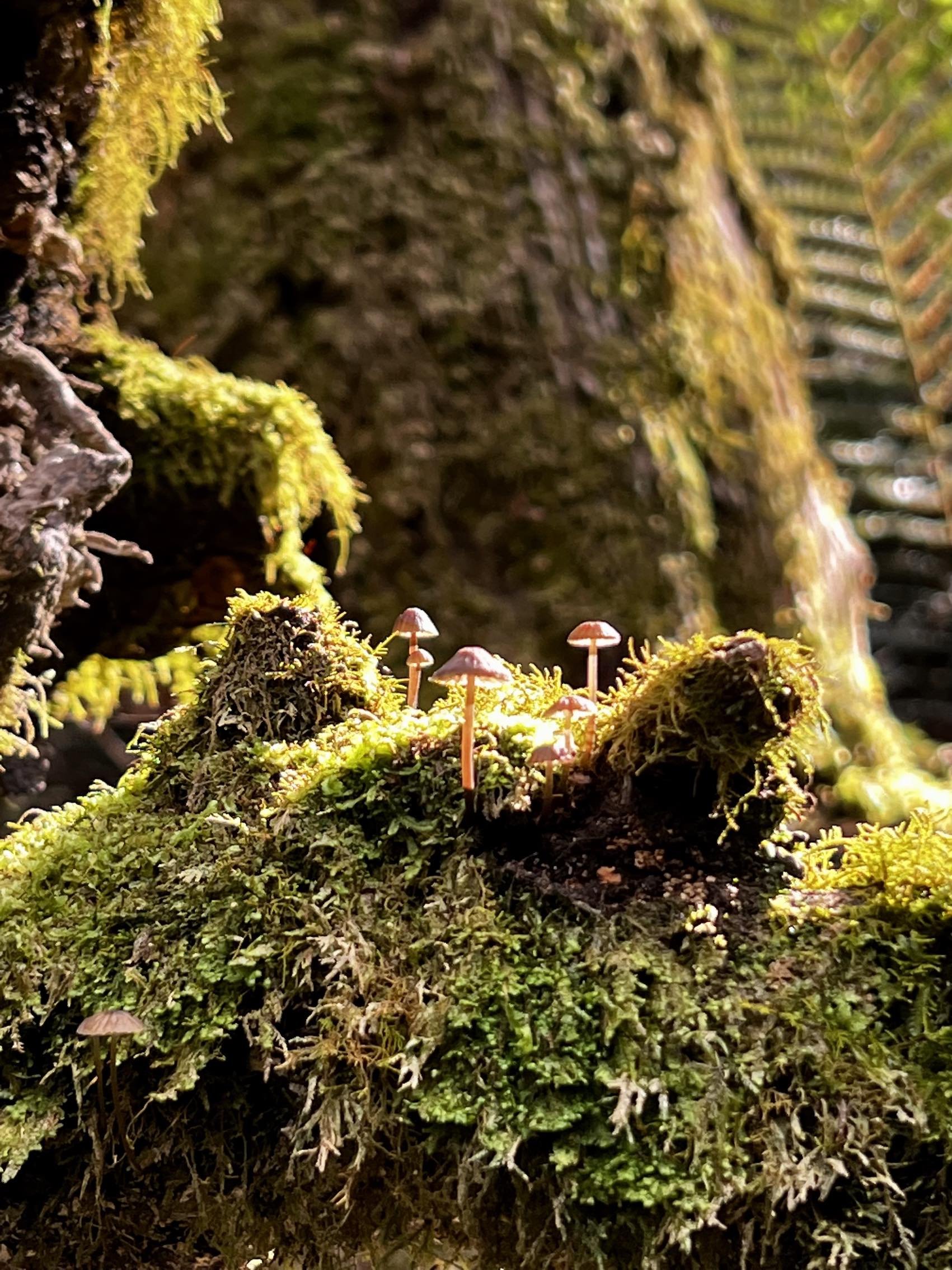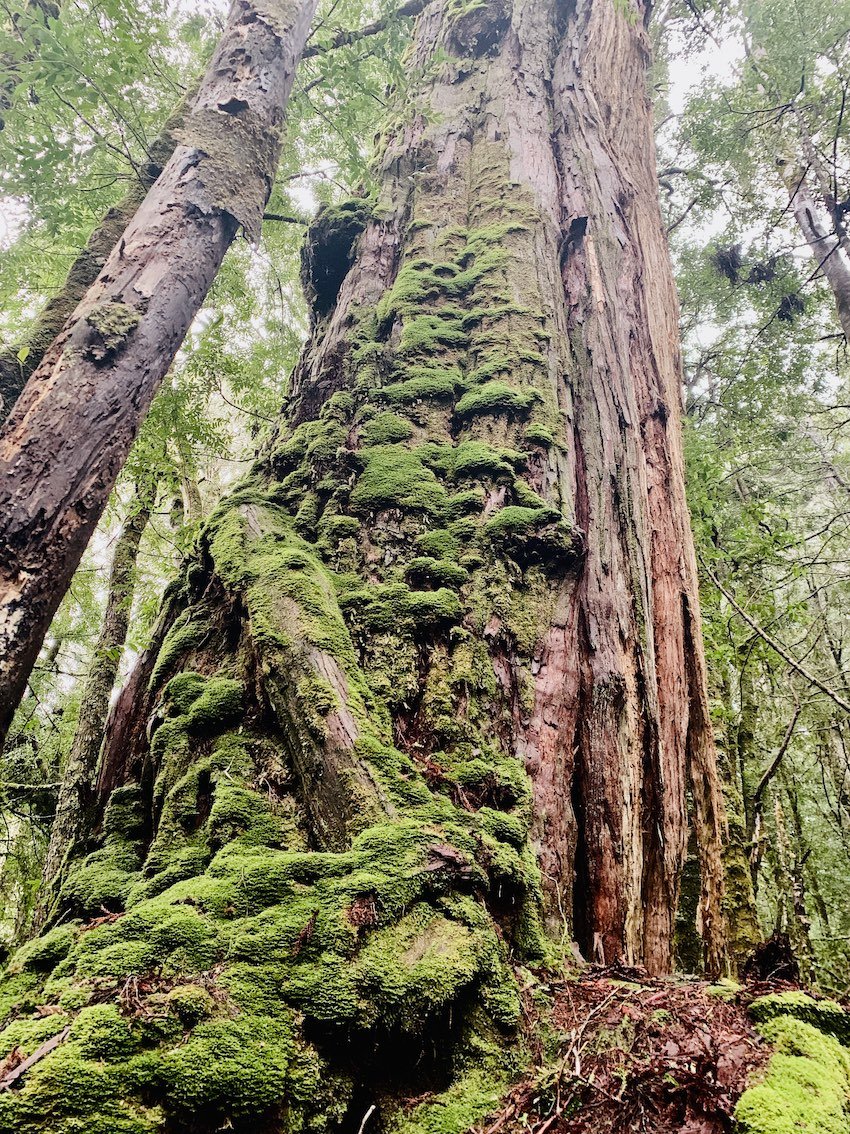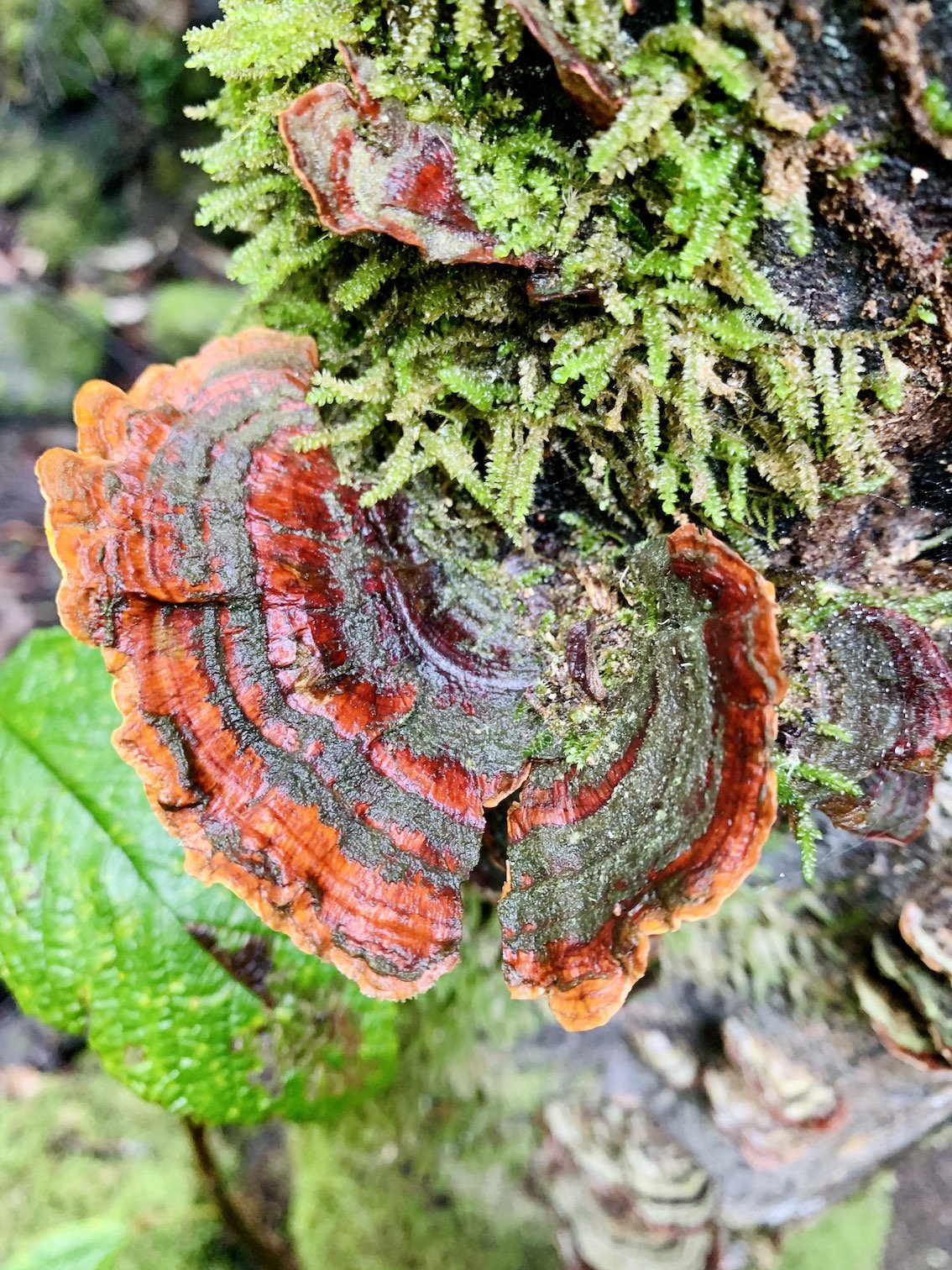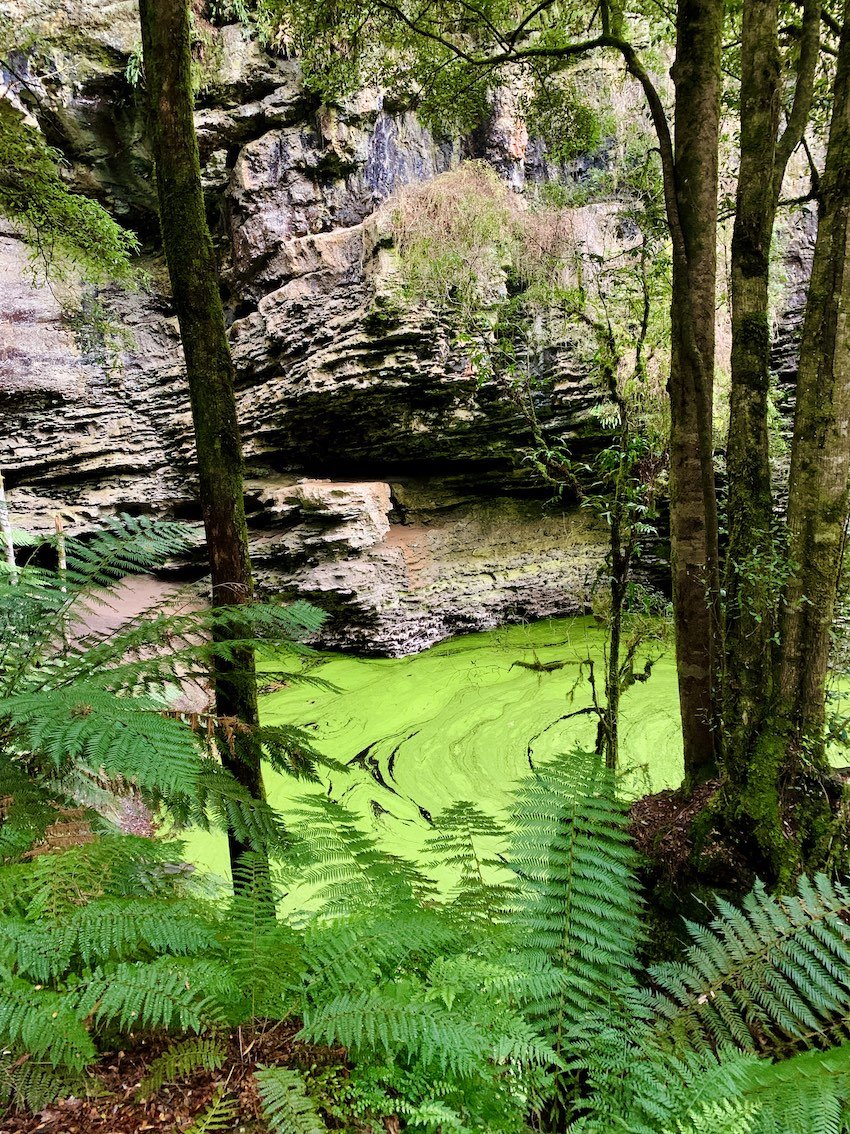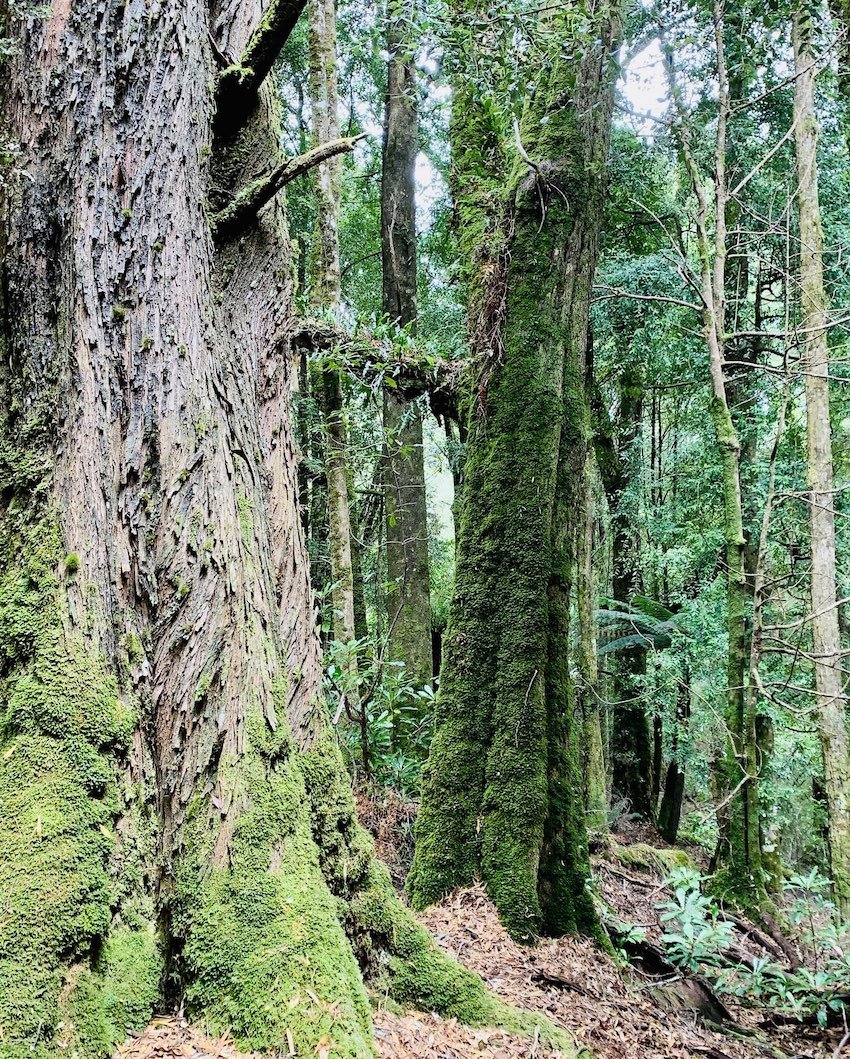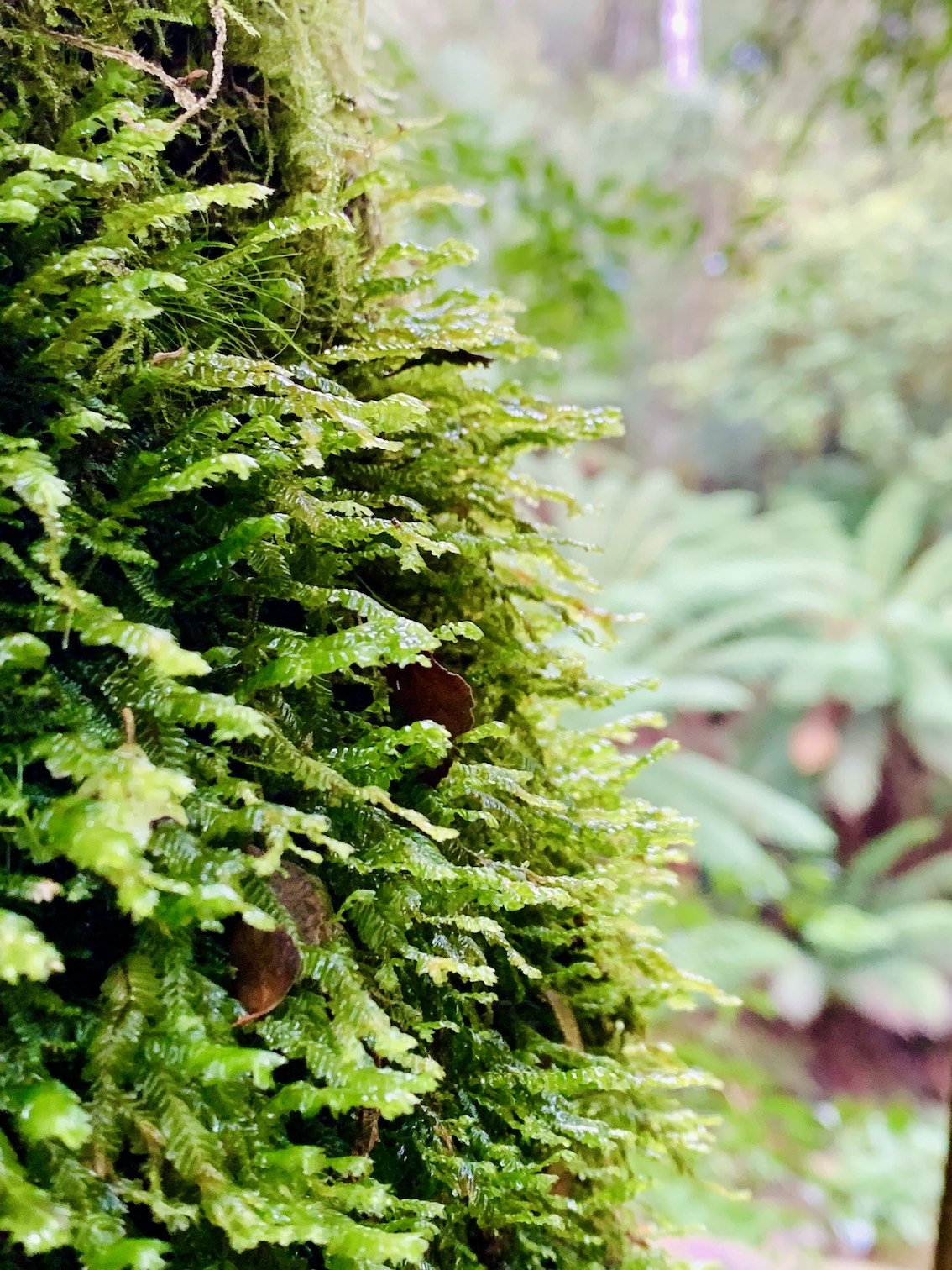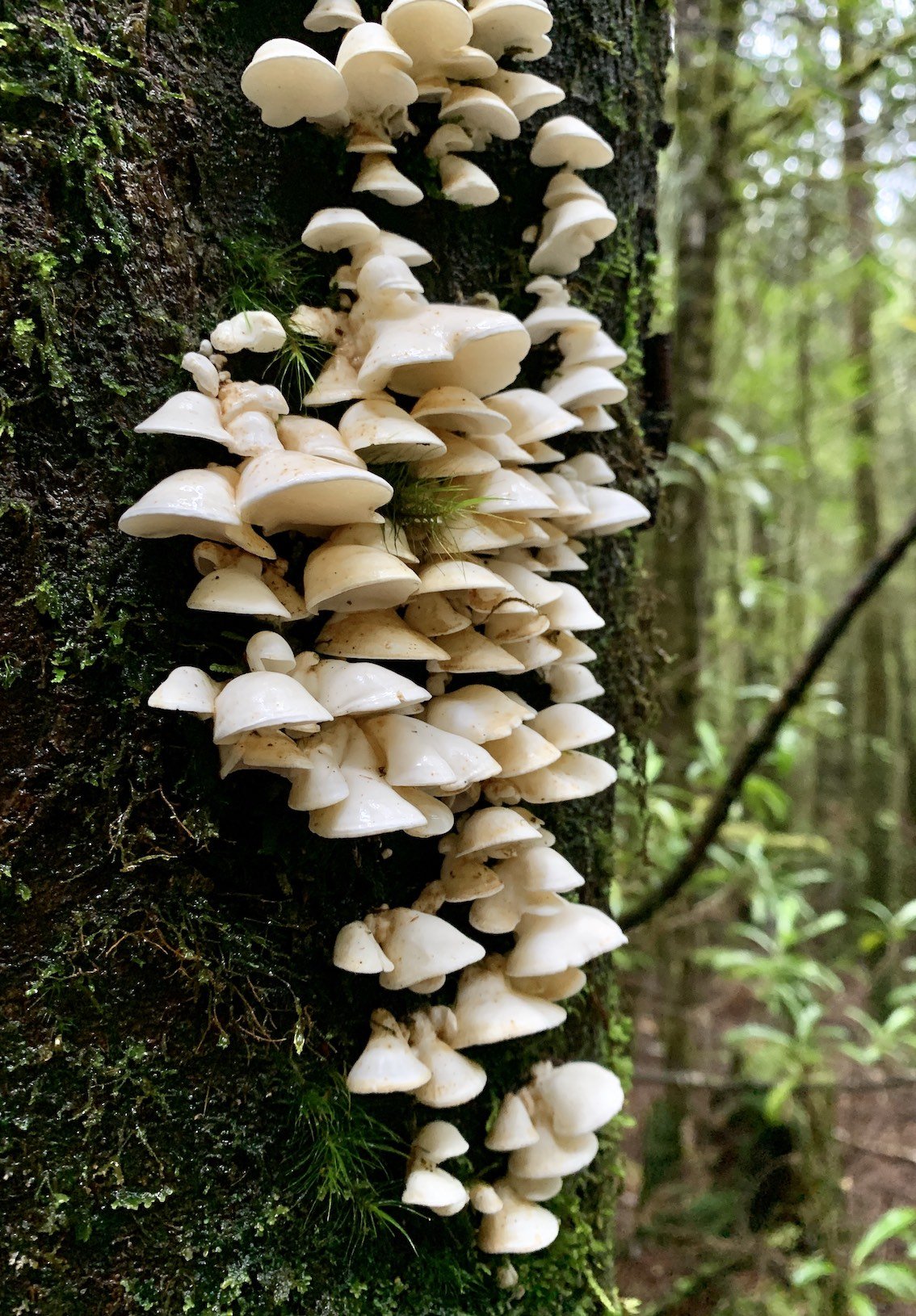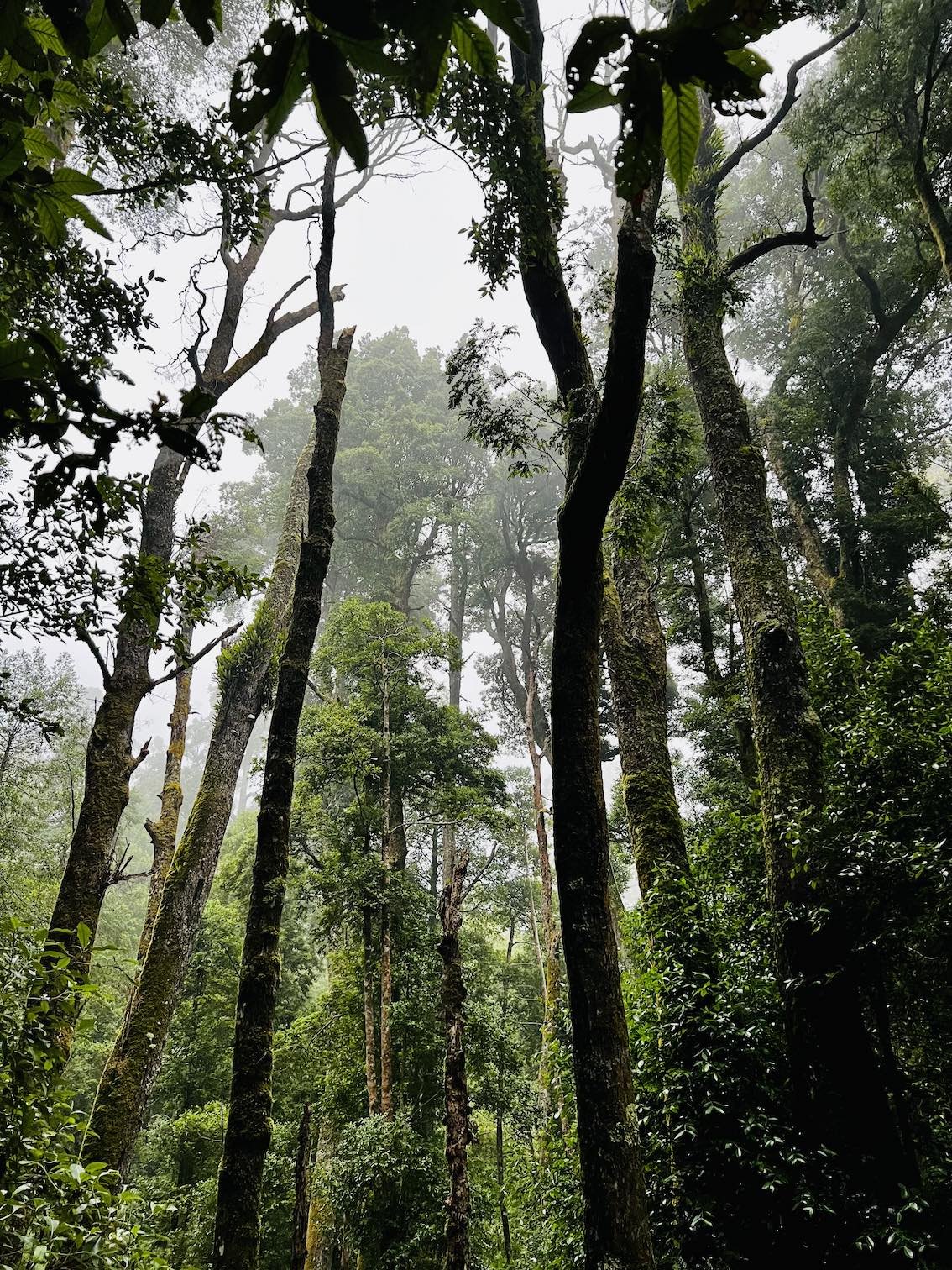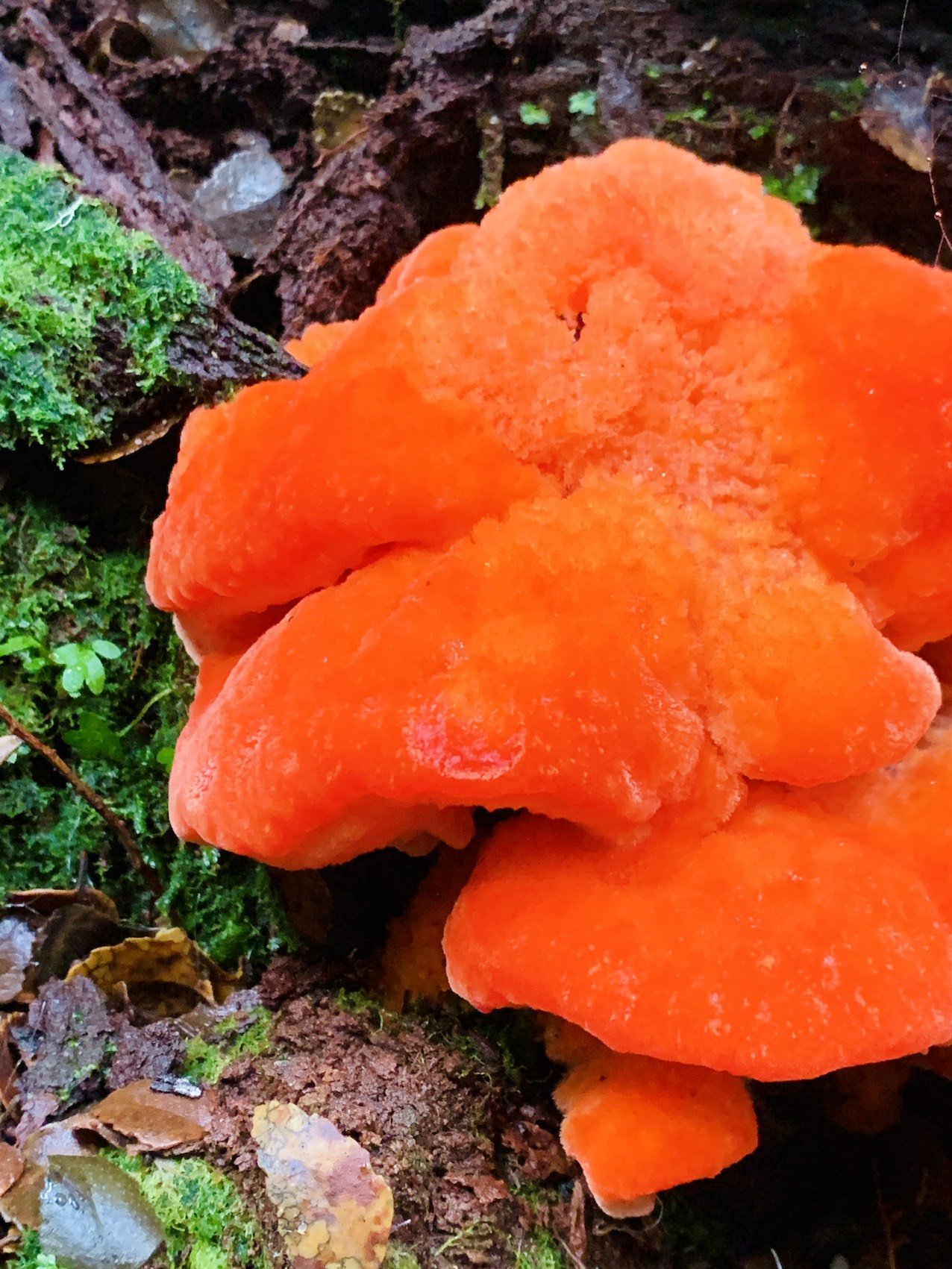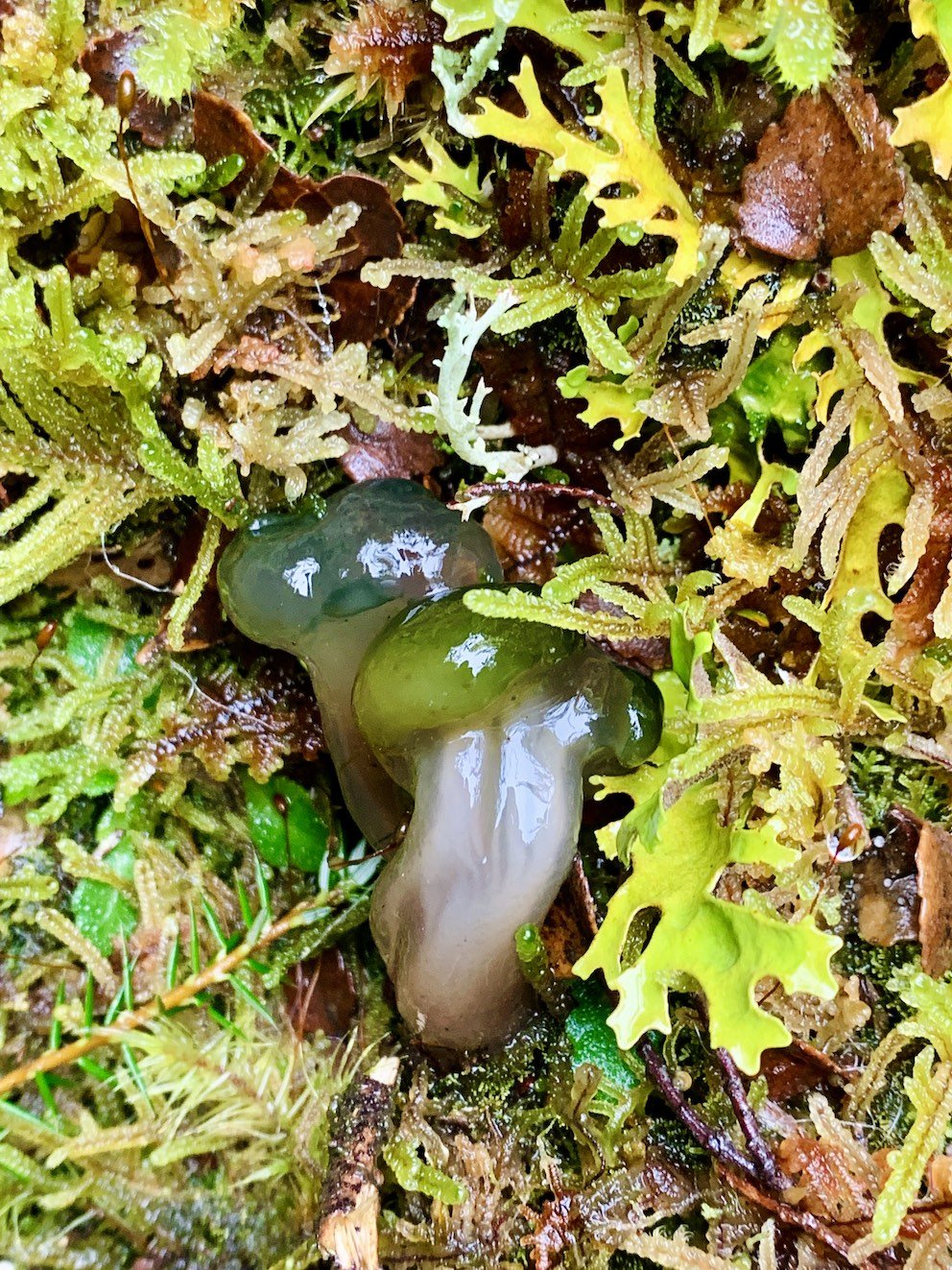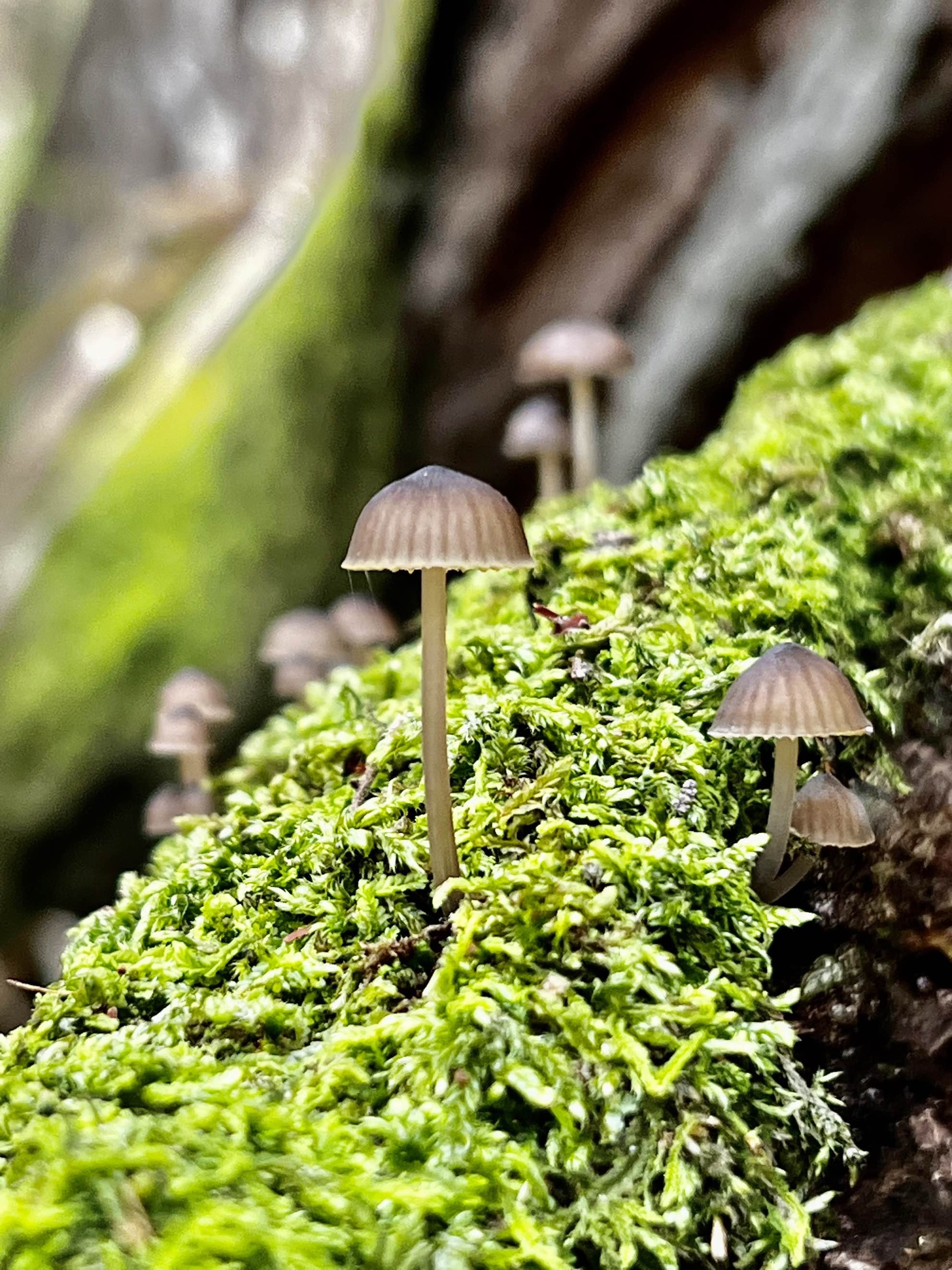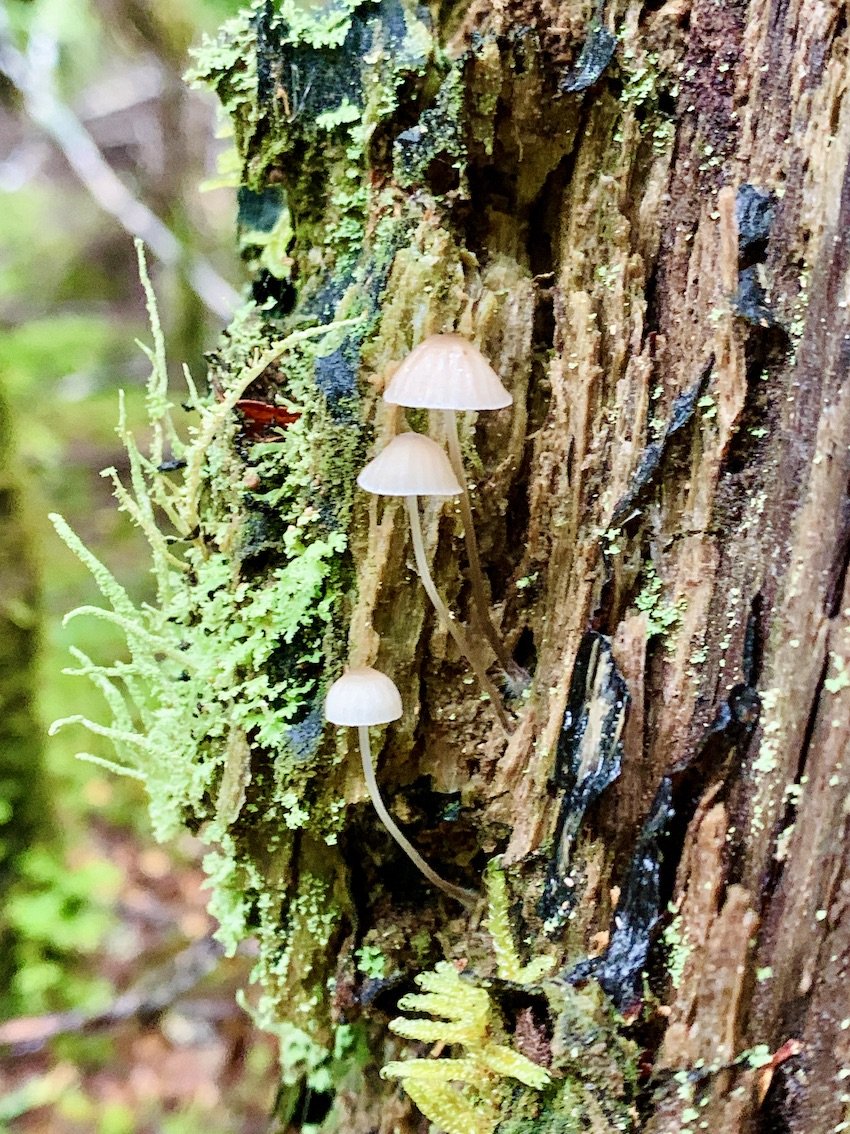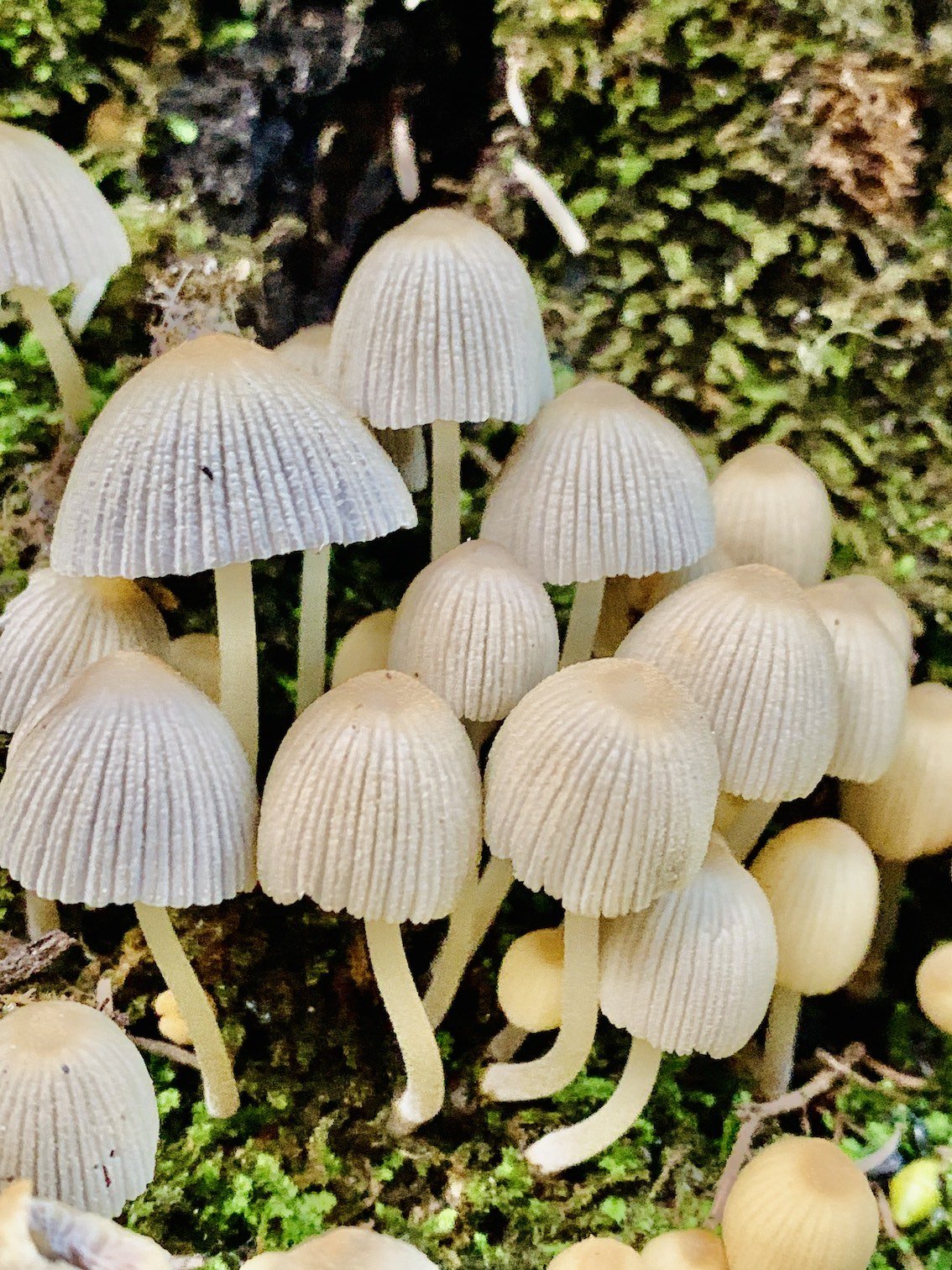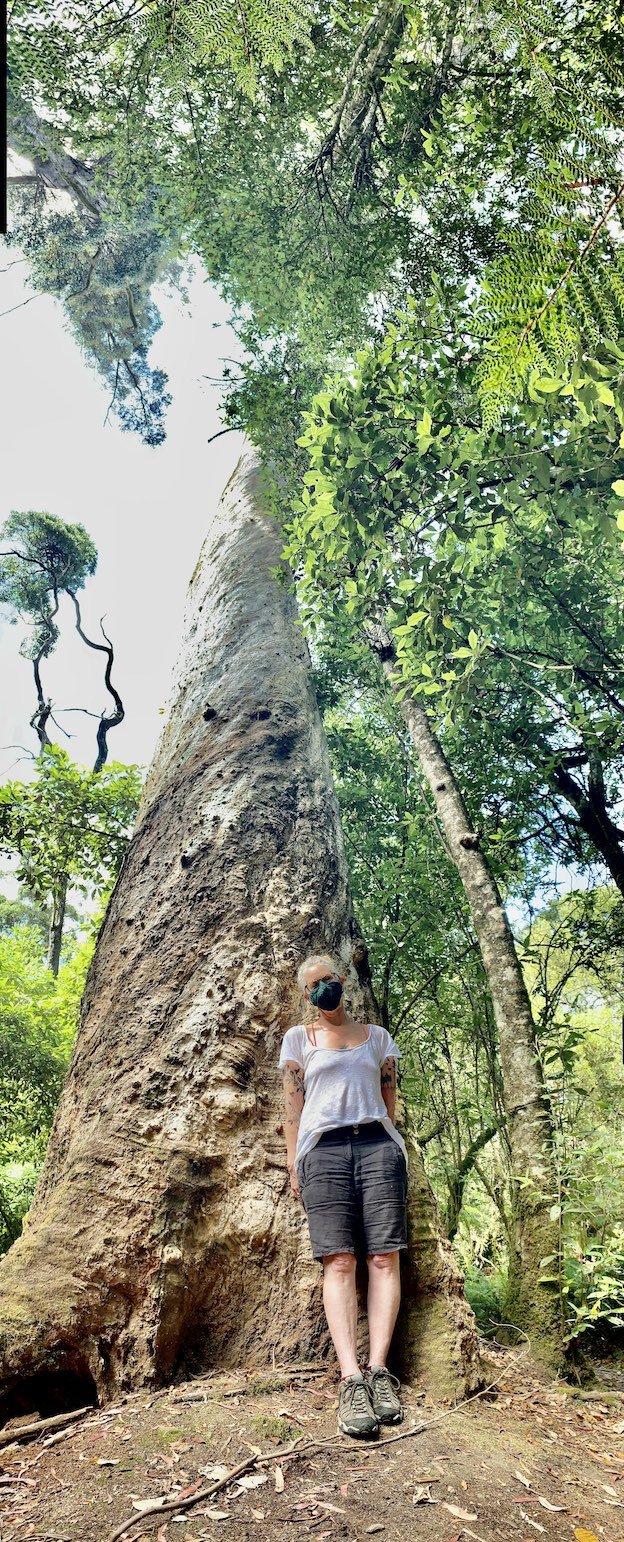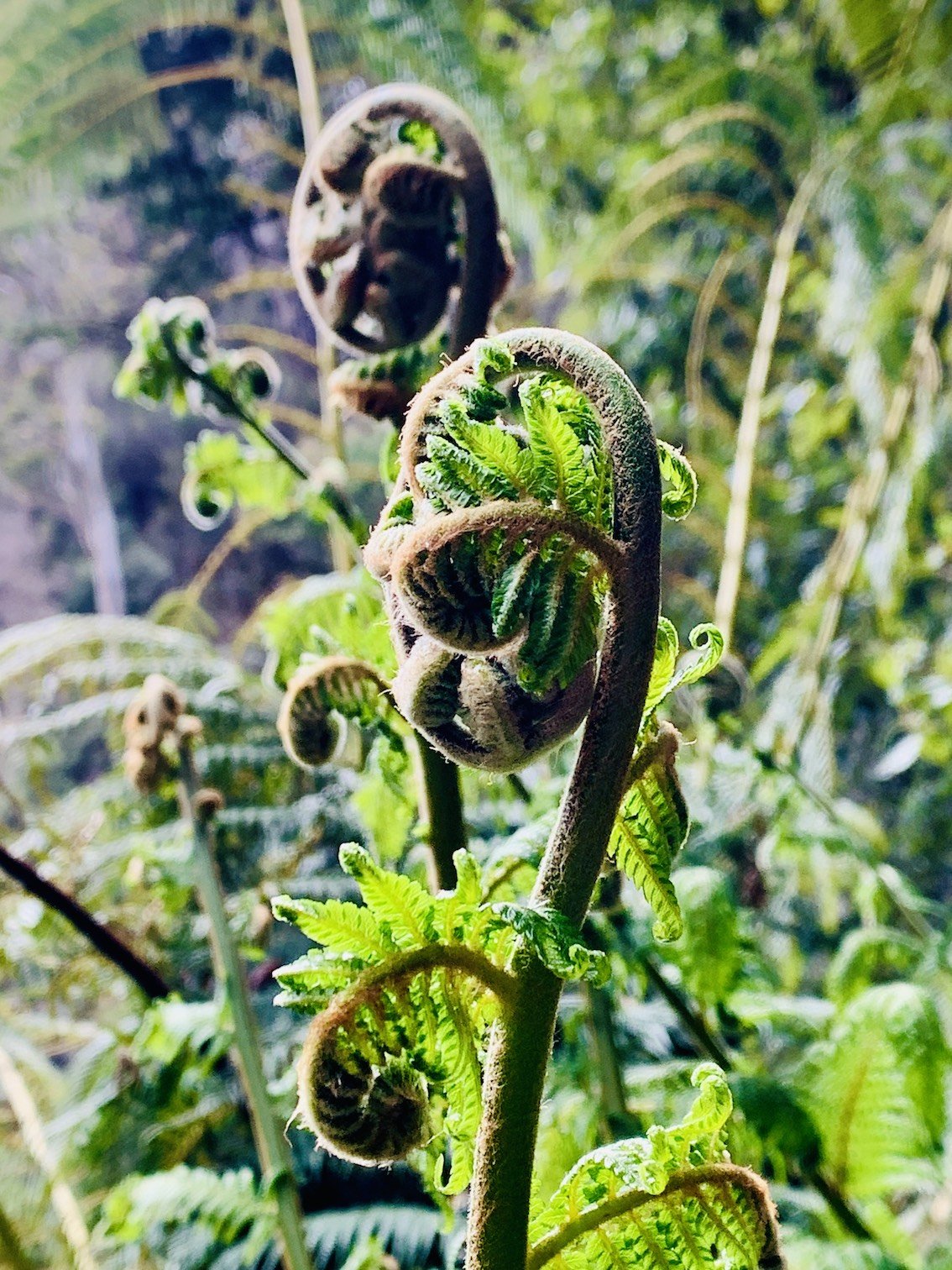
Tasmania's Unique Environment
Over 65% of flowering plant species in agriculture and the world’s natural ecosystems rely on bees for pollination. At this time in history, the world’s bee populations are in danger of dying out, threatening the precarious balance of life on our planet. The same factors threatening bees are challenges to mankind as well - global warming, drought, environmental pollution, the impact of intense agricultural practices, access to healthy and diverse foods, bacterial diseases resistant to antibiotics, habitat destruction and more.
Tasmania - Australia’s island jewel - remains one of the cleanest and greenest places in the world.
Some of the highest environmental and bio-security standards, as well as the moratorium on the use of genetically modified organisms, are aimed at protecting this pristine environment, leaving it relatively free from pests and diseases. Almost 1/5 of the island is preserved in parks and reserves, and the low population (sitting just at 500,000), gives the state a high chance of maintaining its unique wilderness.
Tasmanian Rainforest (photos ©Rebecca Campbell)
The honeybees on this island have a very strong chance of surviving the pressures placed on the world’s bees.
Tasmania’s bees spend the majority of their time in the rugged west coast rainforests, part of only three remaining temperate wilderness areas in the southern hemisphere, where the cleanest winds cross the southern oceans and mankind’s footprint is minimal. It is in these UNESCO listed World Heritage forests where some of the longest-lived trees (Huon pines - Lagarostrobos franklinii) and tallest flowering plants (Mountain Ash - Eucalyptus regnans) in the world can be found.
Here too is where the tree that maintains almost the entire honey industry (70%) in Tasmania lives - Leatherwood (Eucryphia lucida). These ancient trees grew when Tasmania was part of Gondwanaland, over 65 million years ago, and are endemic to the island. They are an old-growth tree (up to 350-year life span), and usually produce an abundance of nectar-rich flowers.
Leatherwood honey has a unique and distinctive full-bodied spicy flavour and scent and is part of the Ark of Taste within the Slow Food Foundation for Biodiversity, which describes the honey as "slightly liquid with uniform crystallisation and a smooth creamy texture, and an ochre-yellow colour. The perfume is intense with notes of balsamic scents, which develops quickly into clean fresh notes of citrus fruits and white flowers. The flavour is clean and fresh, very balsamic, with lightly spicy notes in its long finish."
More shots of the Tasmanian Rainforest (photos ©Rebecca Campbell)
We here at Honey Tasmania believe Tasmania’s unique trees need to be acknowledged, supported and discussed.
Protecting these rainforest species, especially the leatherwood trees, is crucial to Tasmania's food industry, tourism industry and the overall health and wellbeing of its people, wildlife and of our planet. Forestry and logging activity contribute to the Tasmanian economy and culture, but unfortunately, they also threaten these forests.
A historic Tasmanian Forest Agreement was negotiated between forestry and conservationists, proposing to protect half a million hectares of native forests, however, this agreement has been criticised on both sides, and remains a question in everyone's mind, as highlighted by the long-standing proponent of Tasmania's environment, Bob Brown in his Tarkine Campaign.
If you are interested in finding out more about leatherwood trees and honey, there is a dedicated and very hard-working group of beekeepers who have established a not-for-profit association dedicated to Save Your Leatherwood Honey - be sure to check it out!


